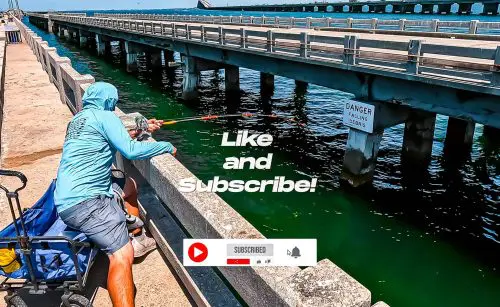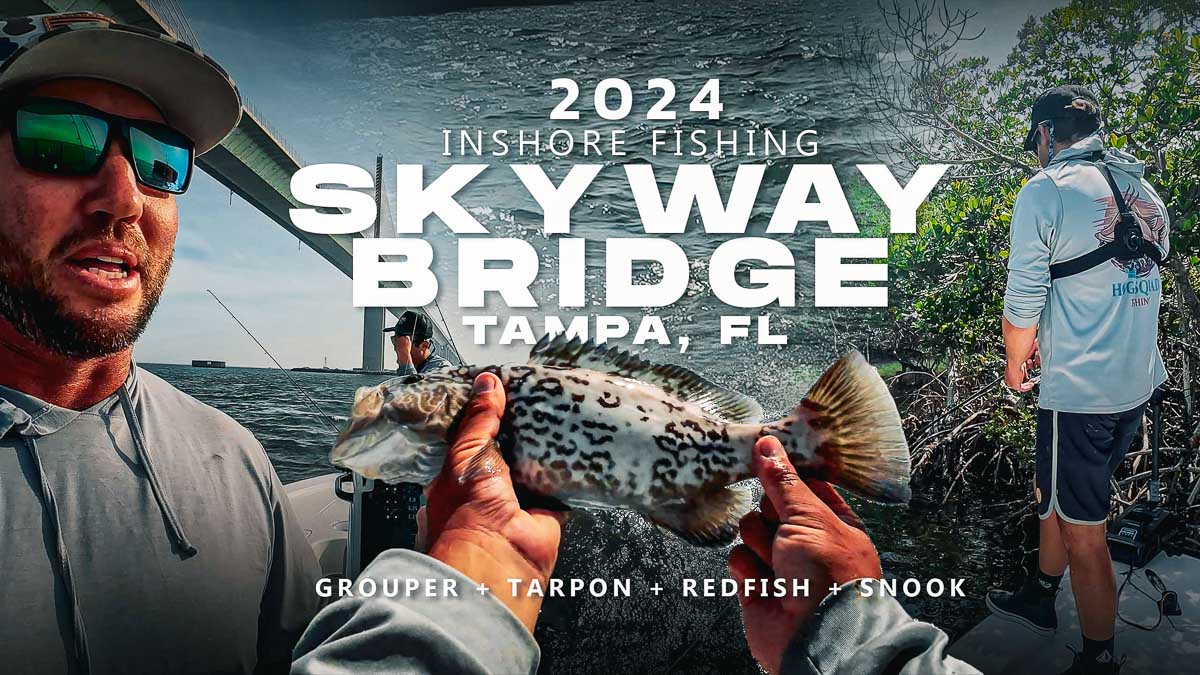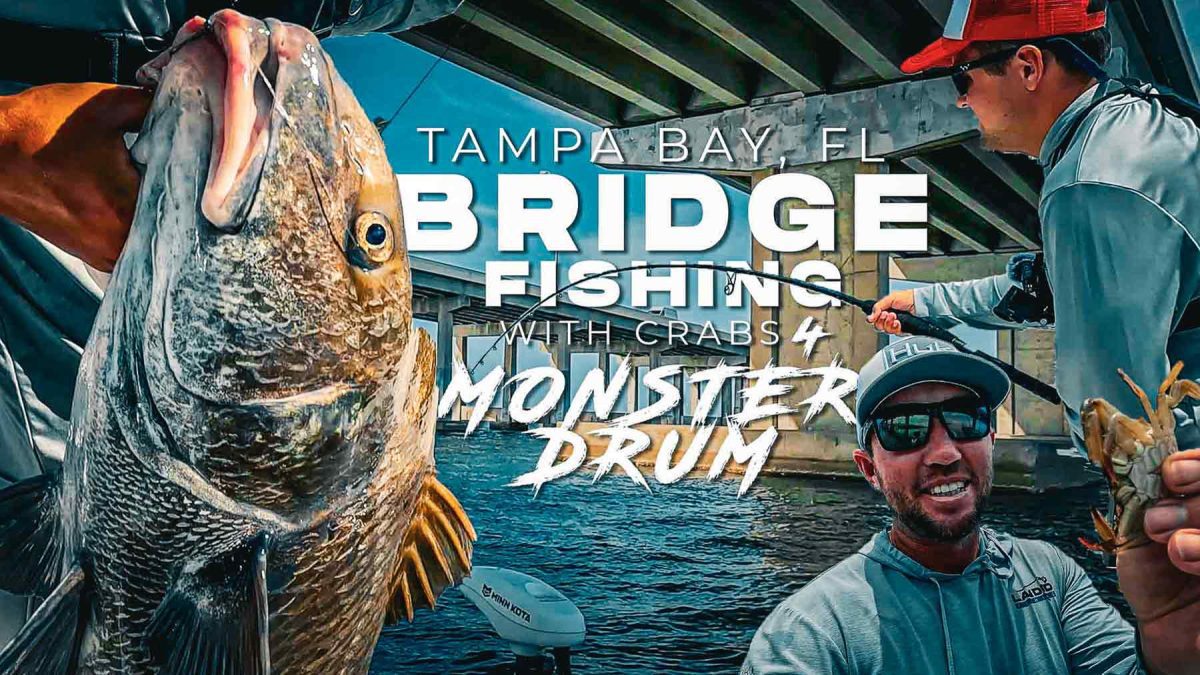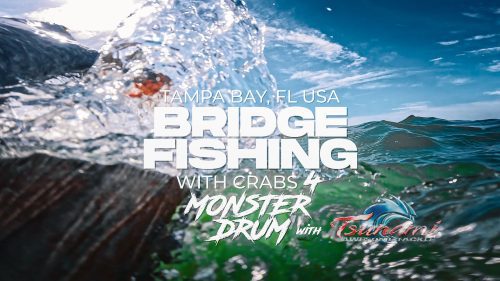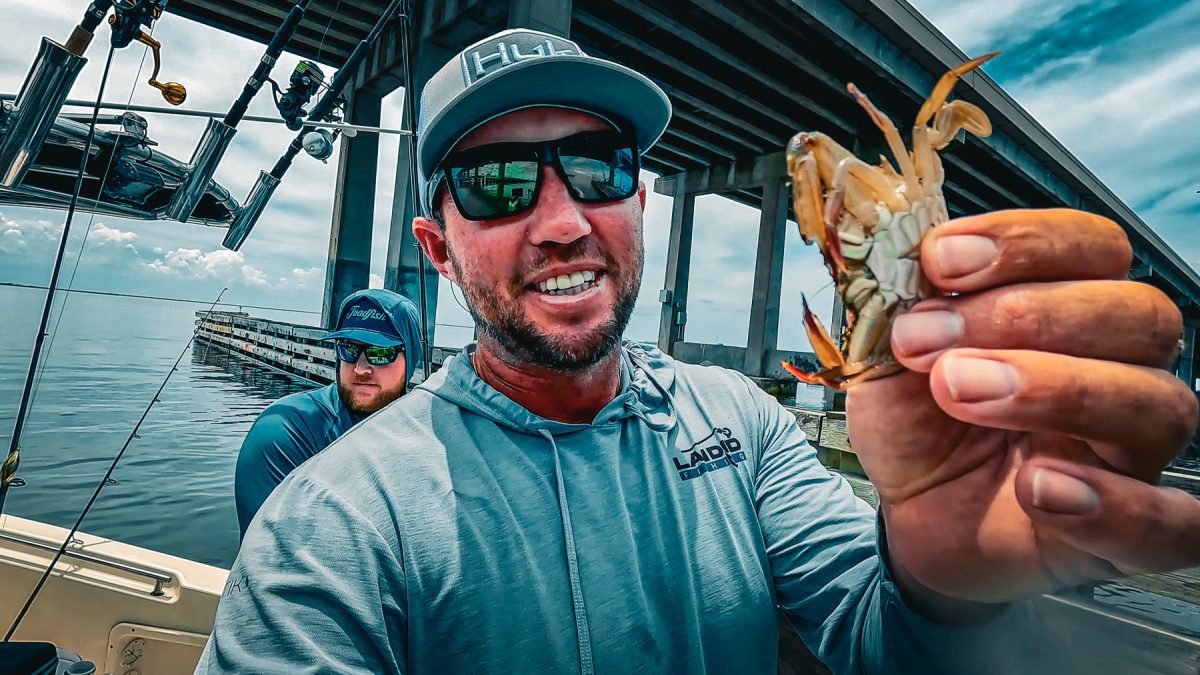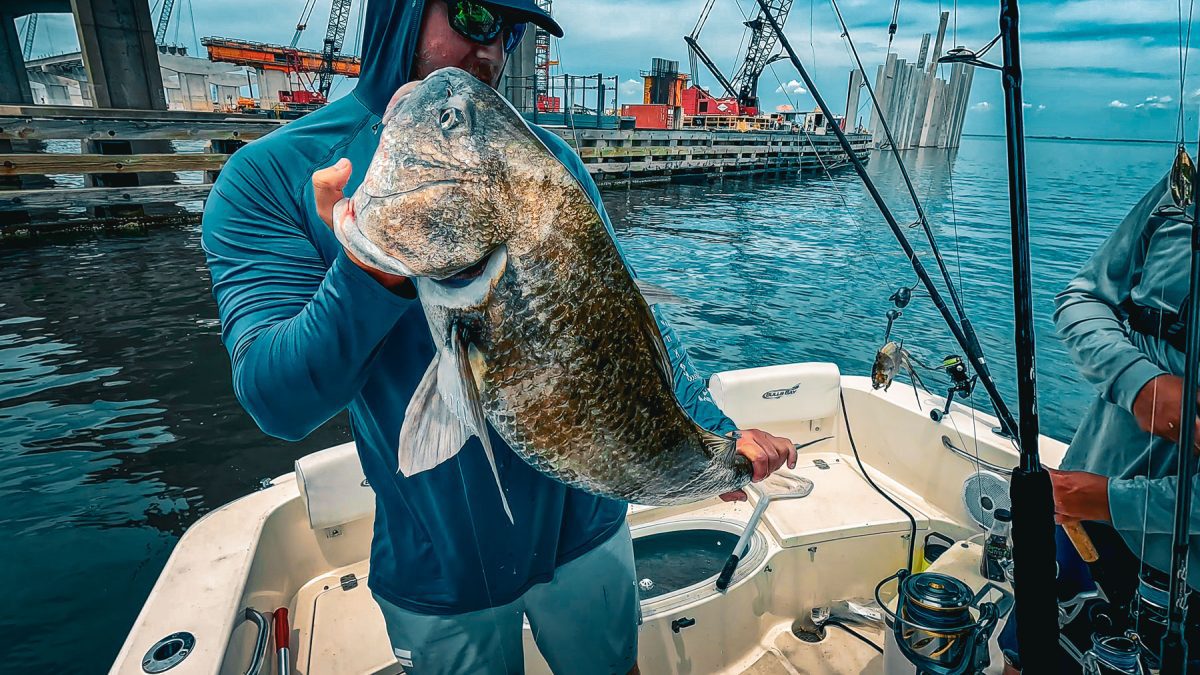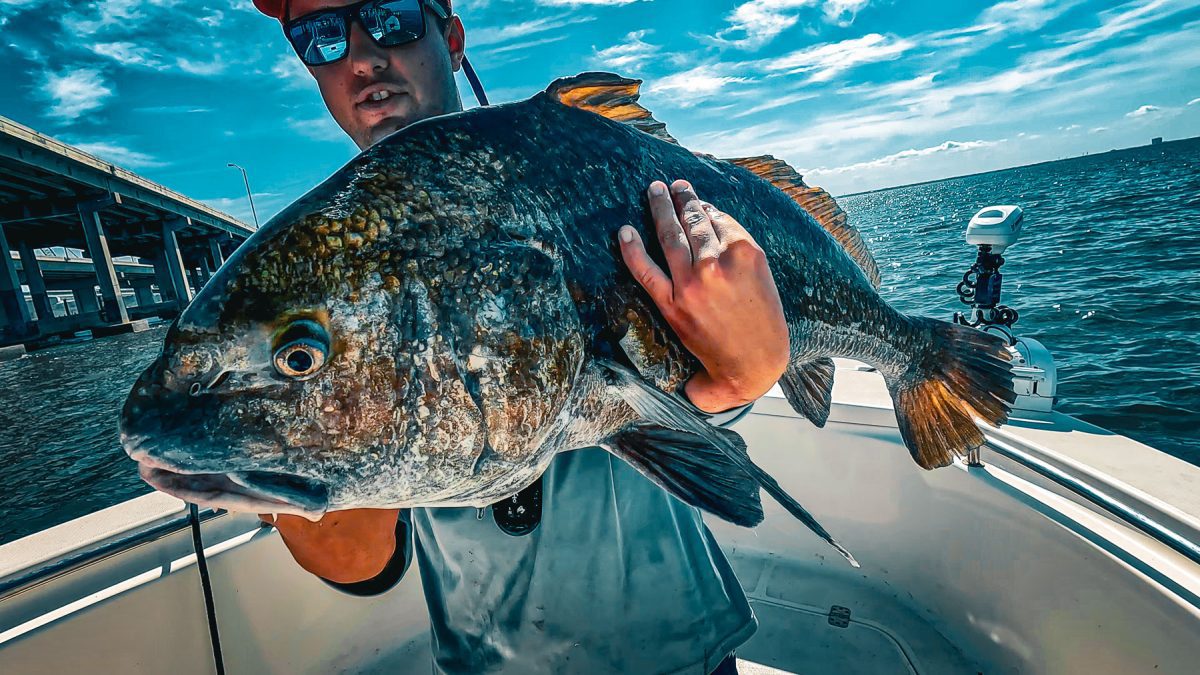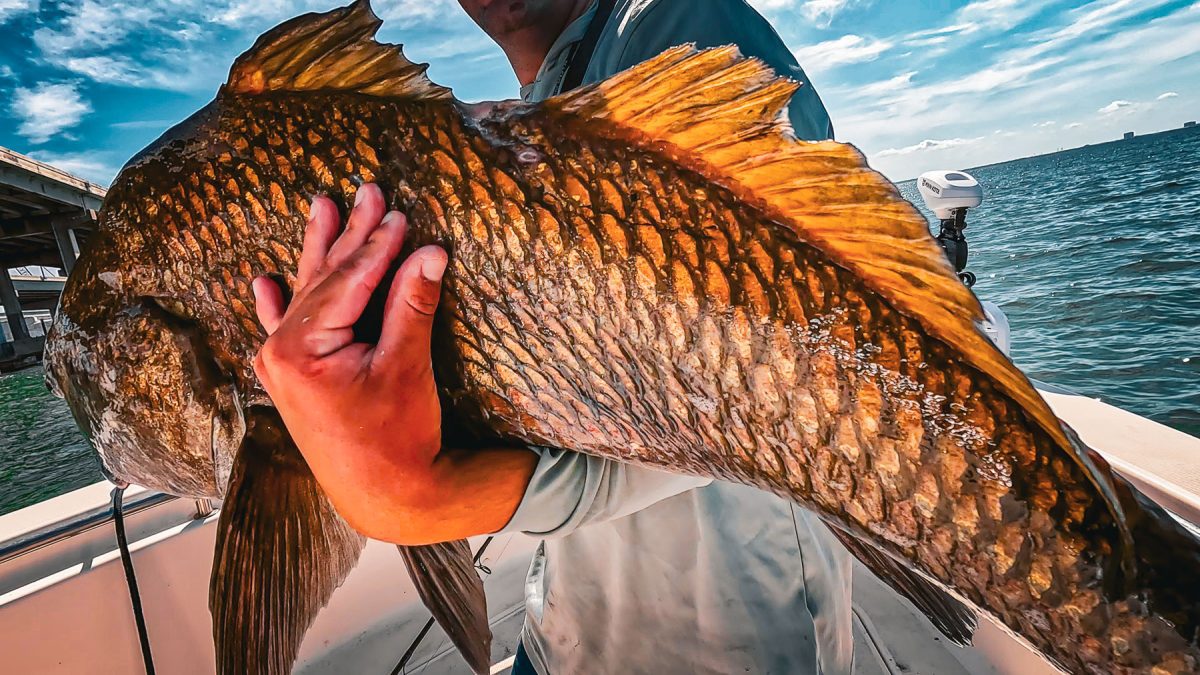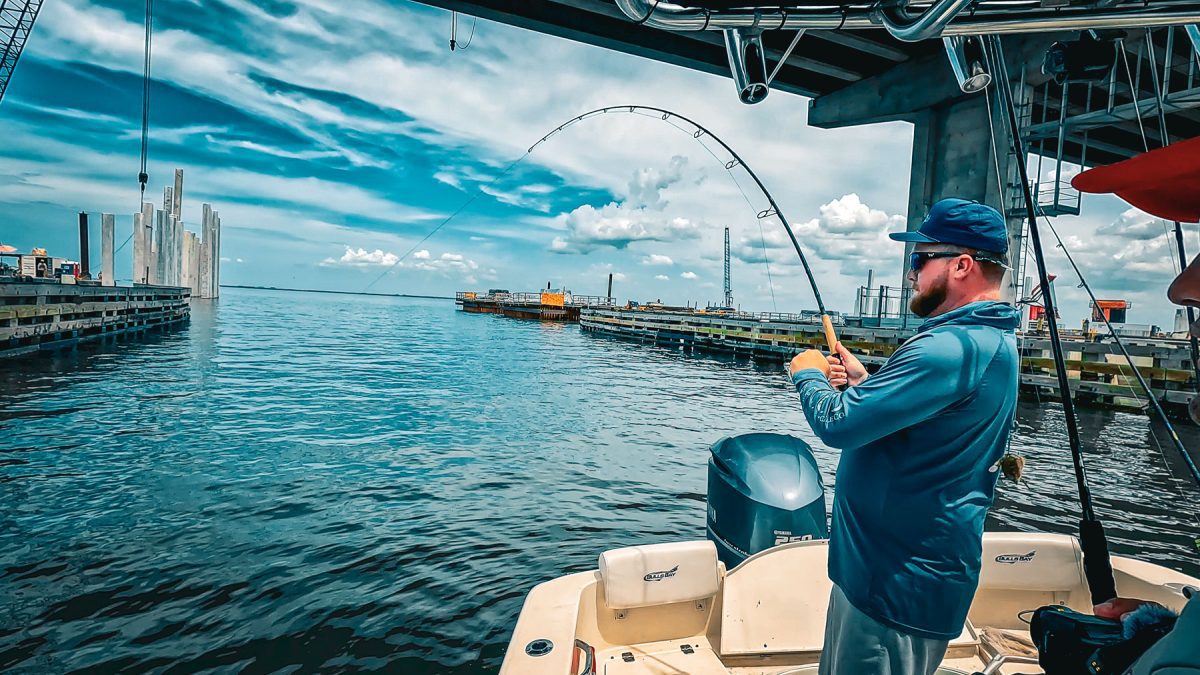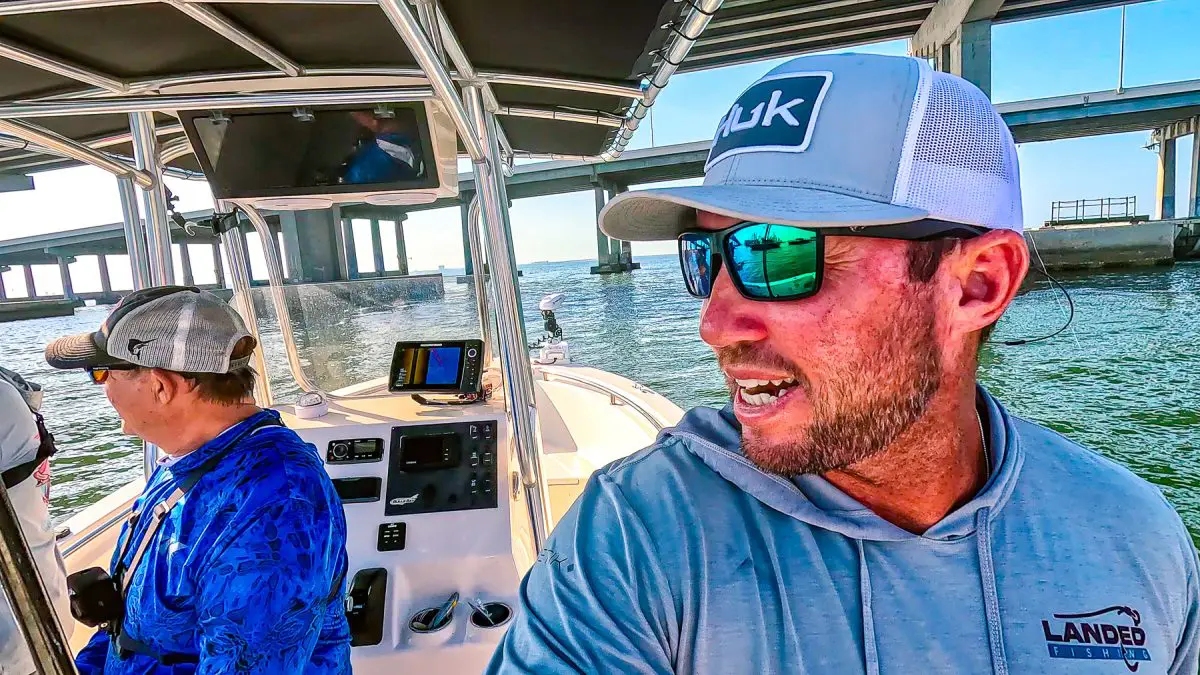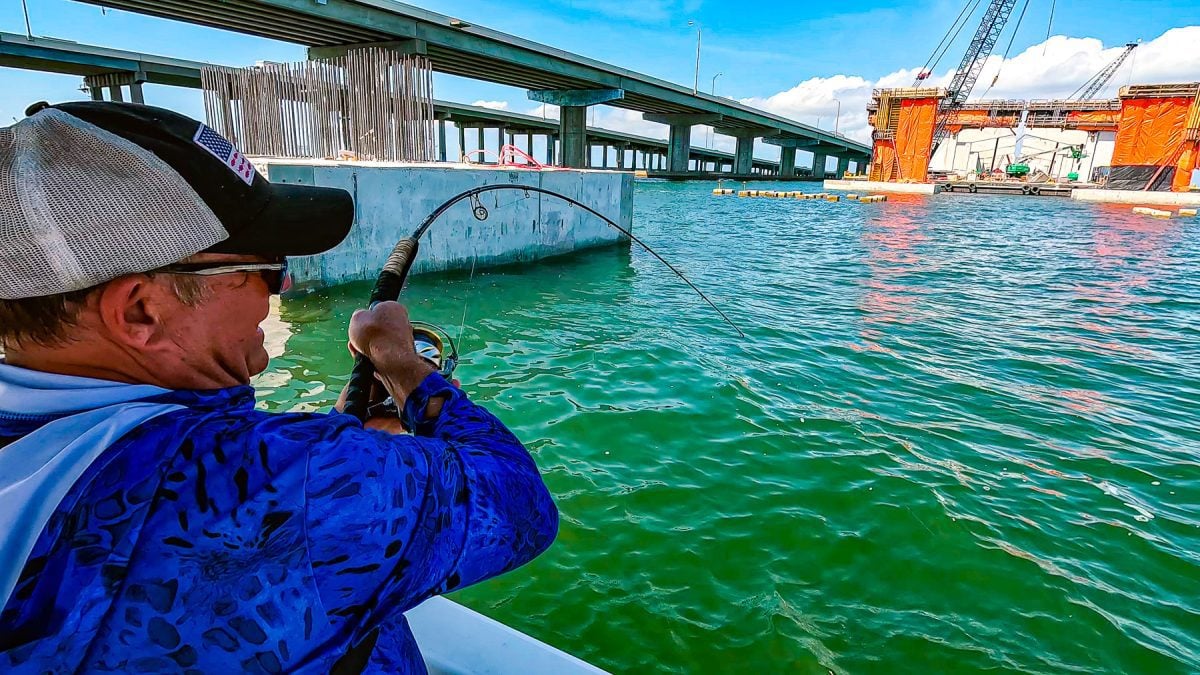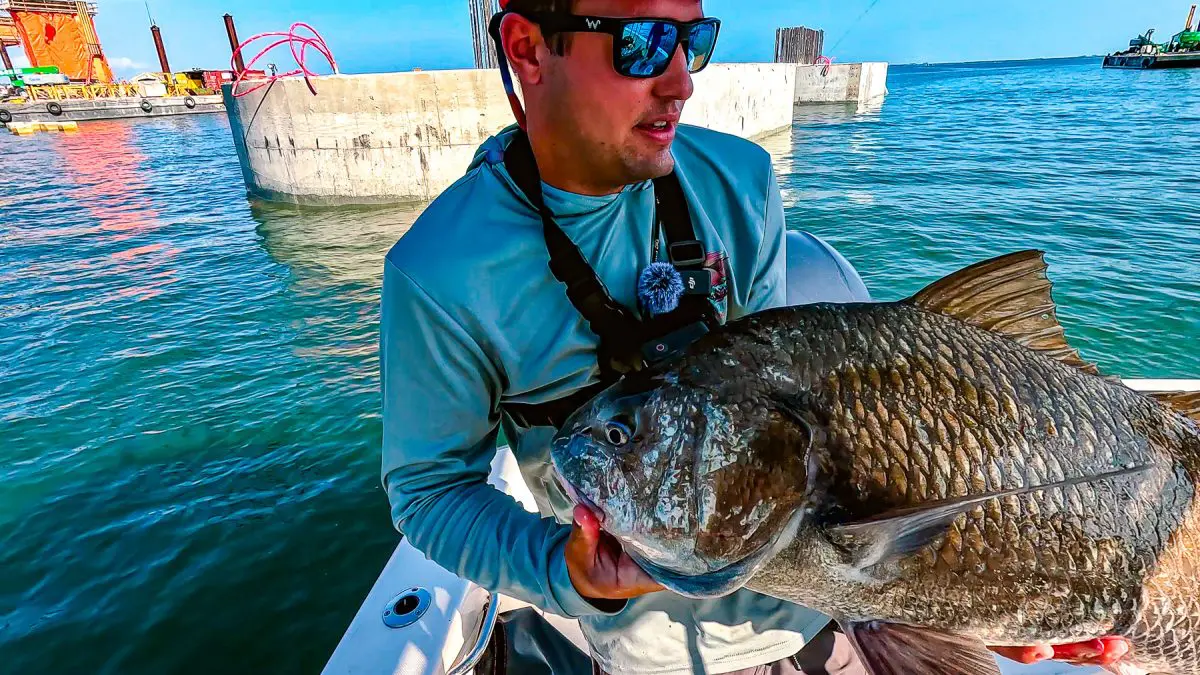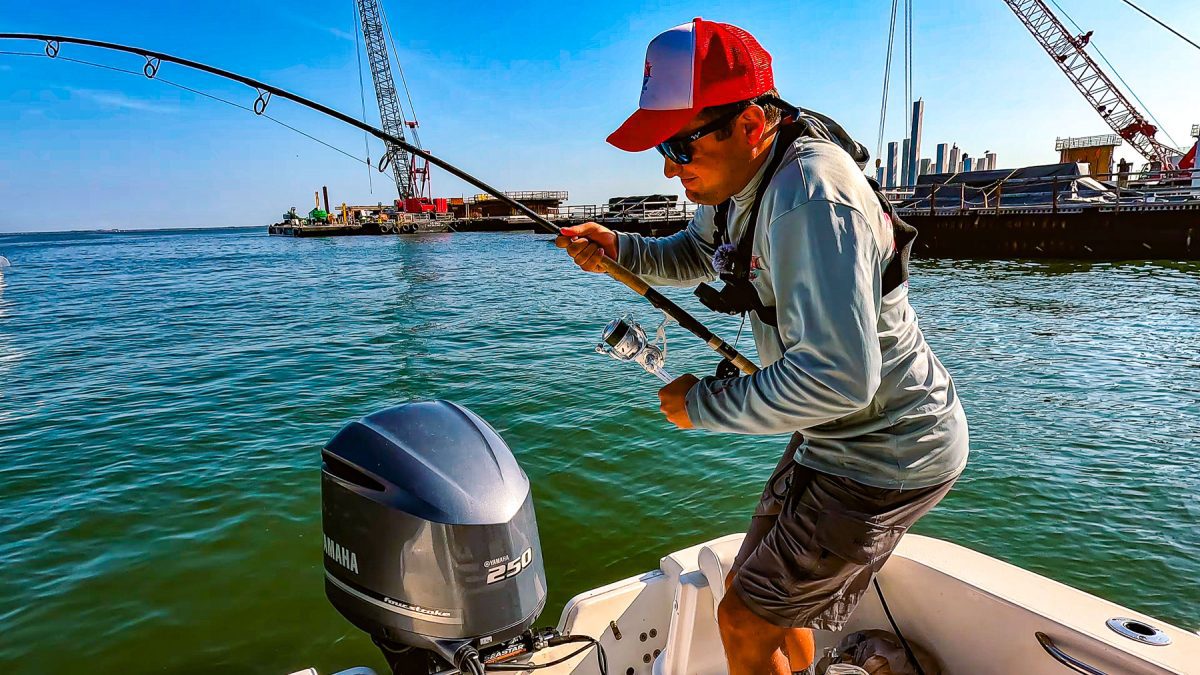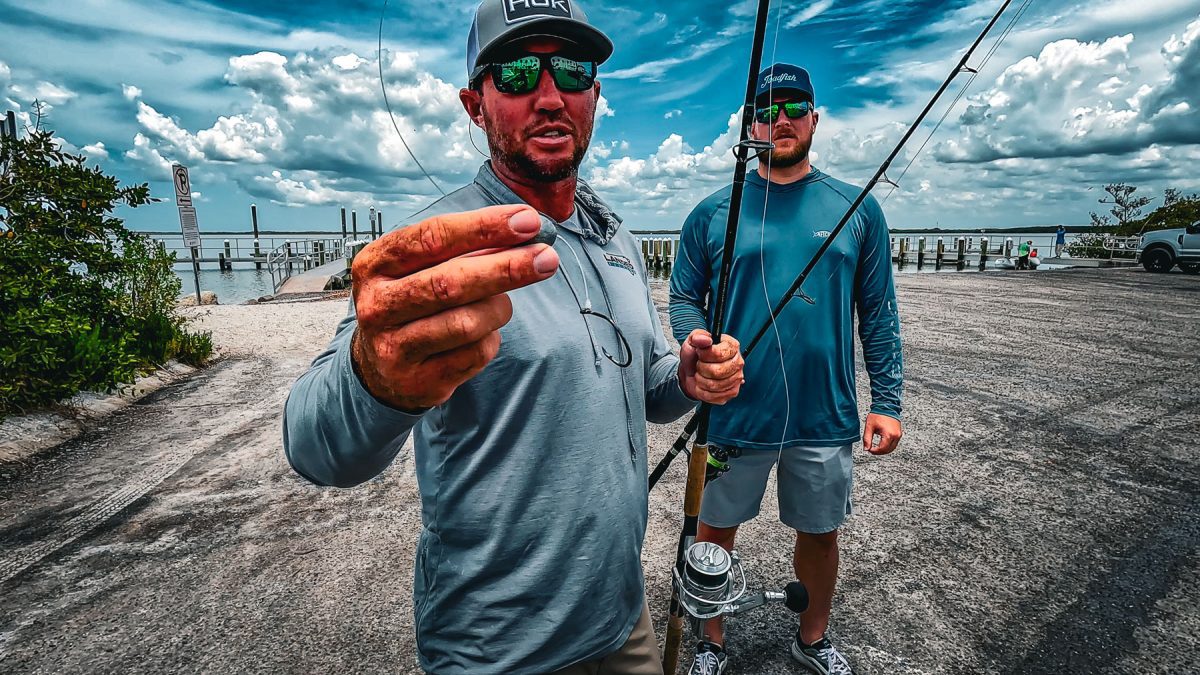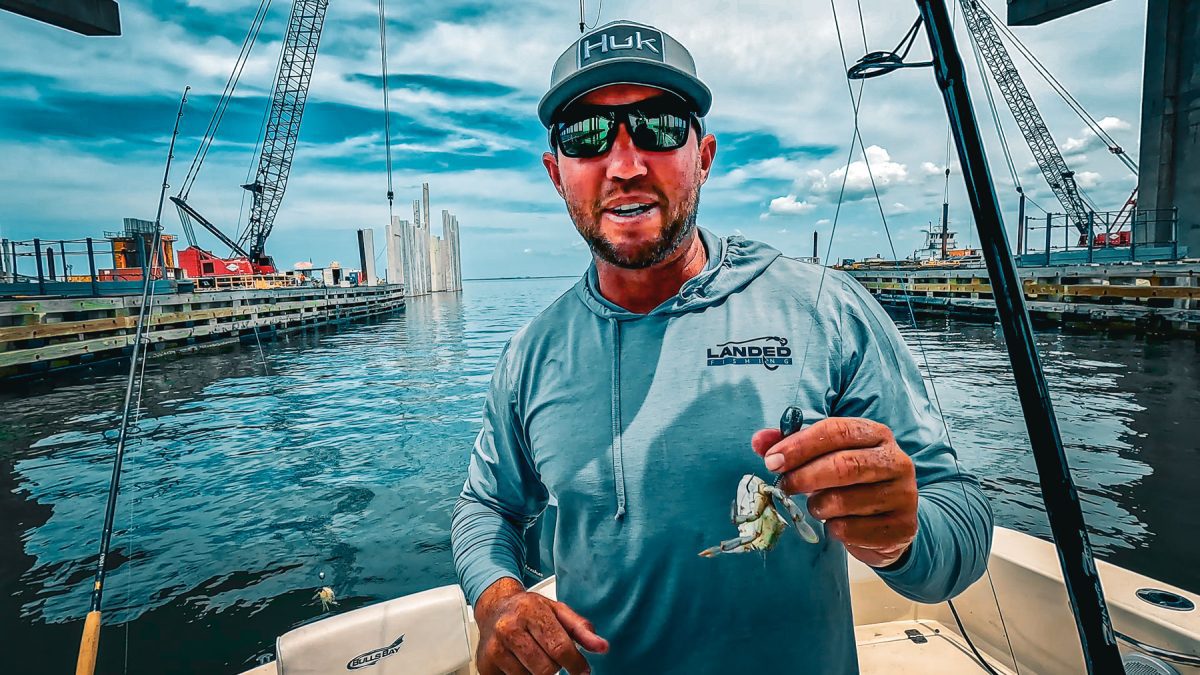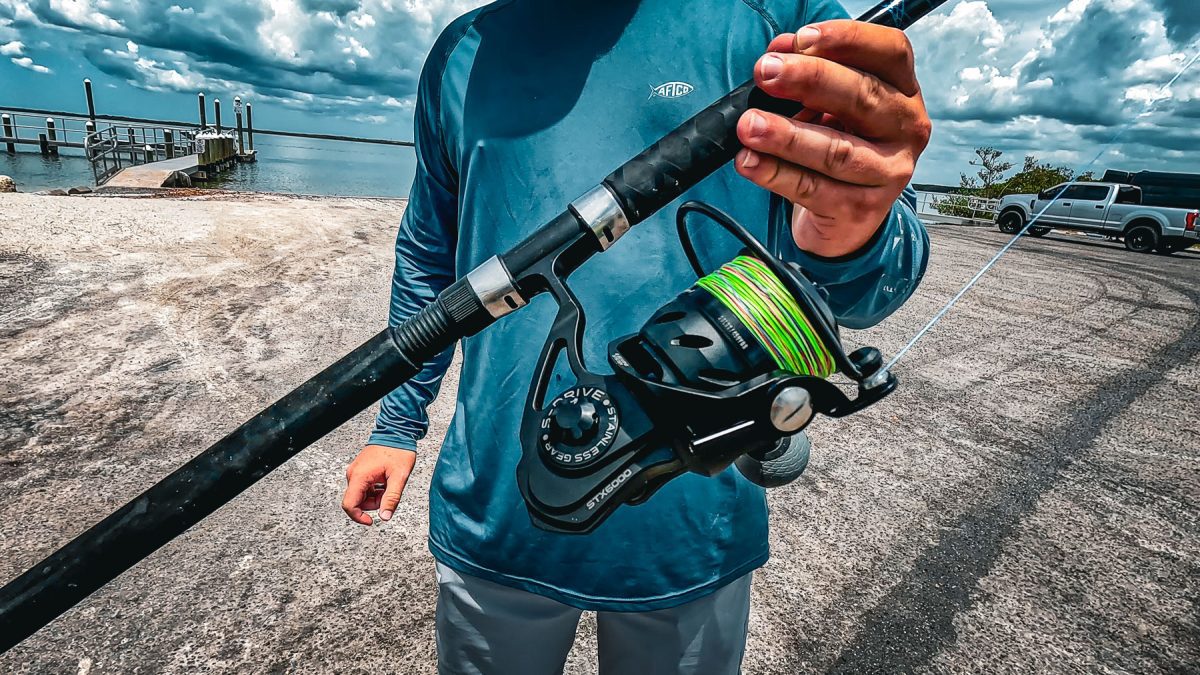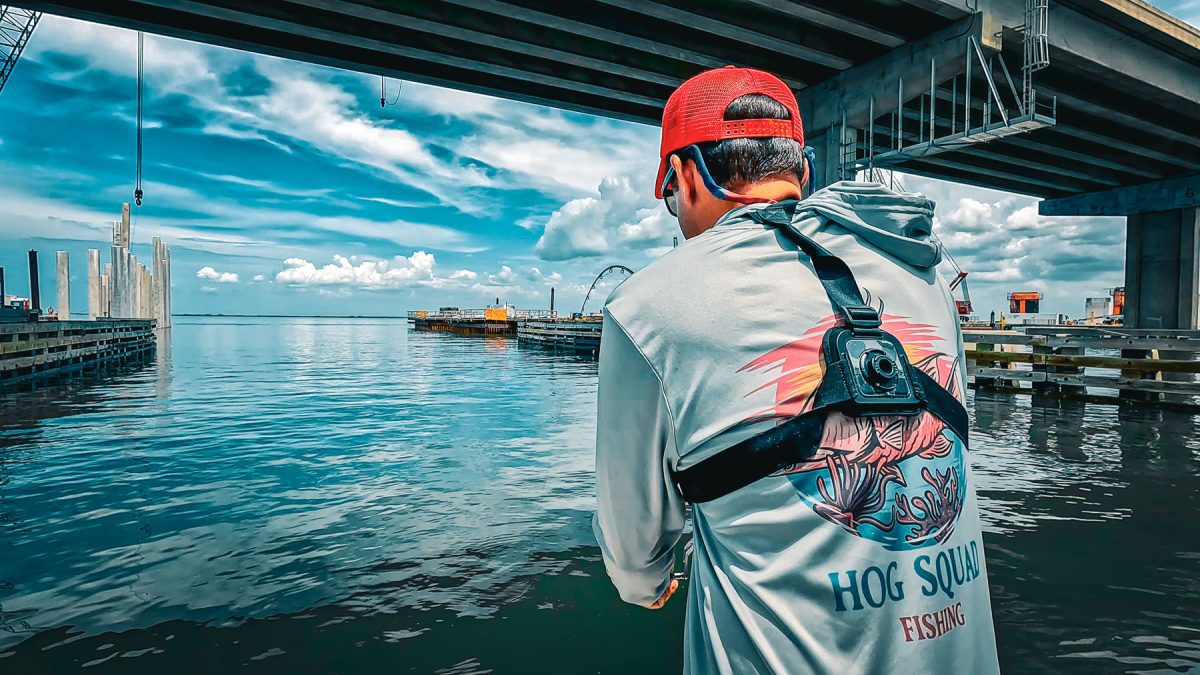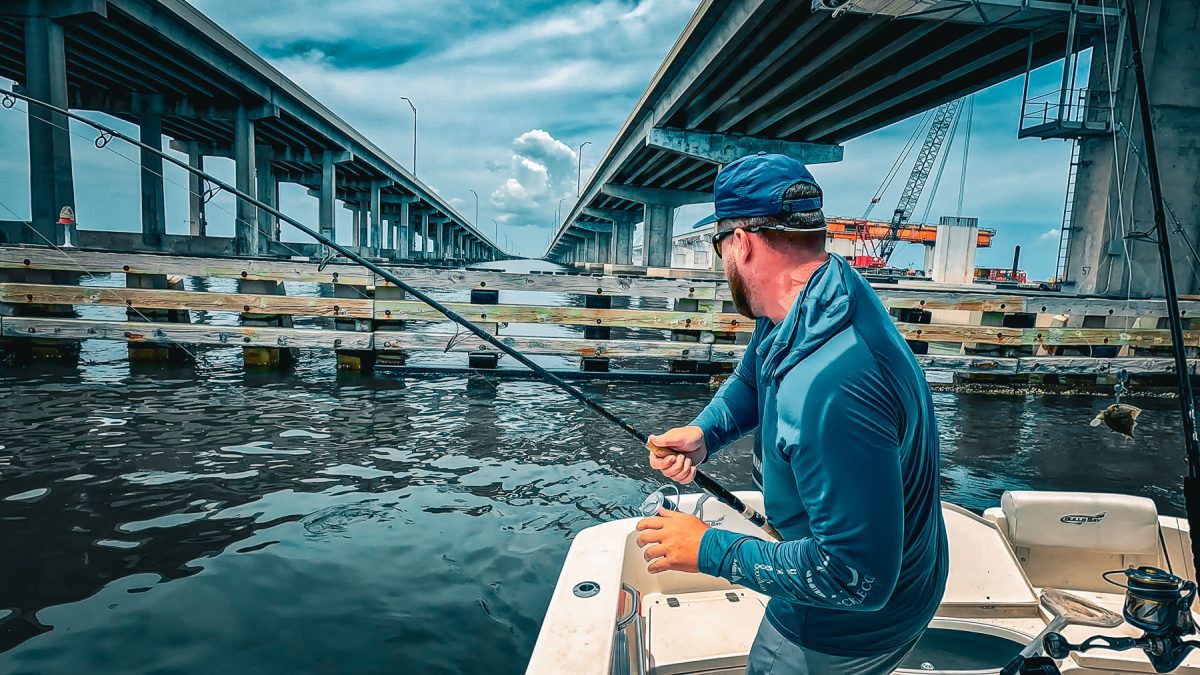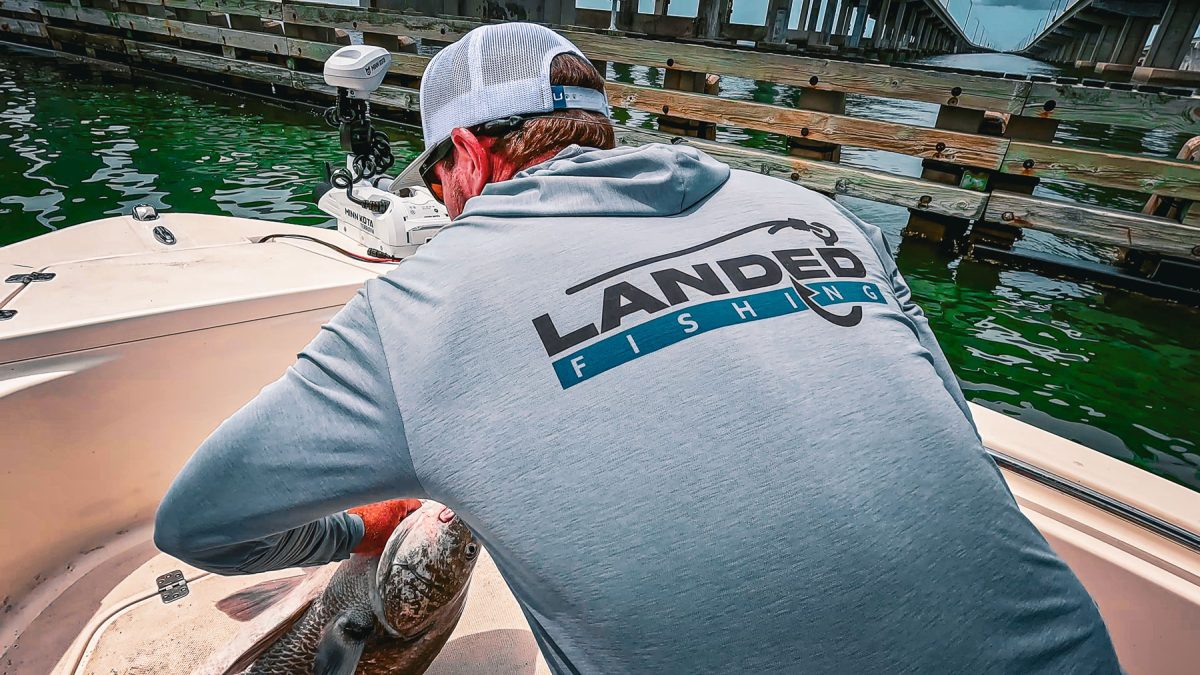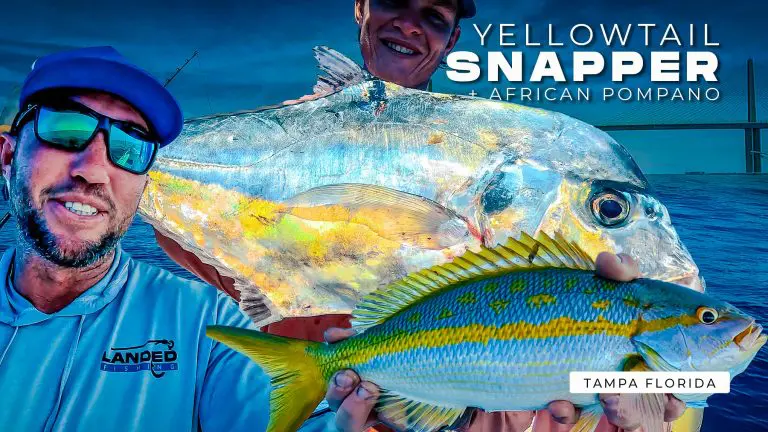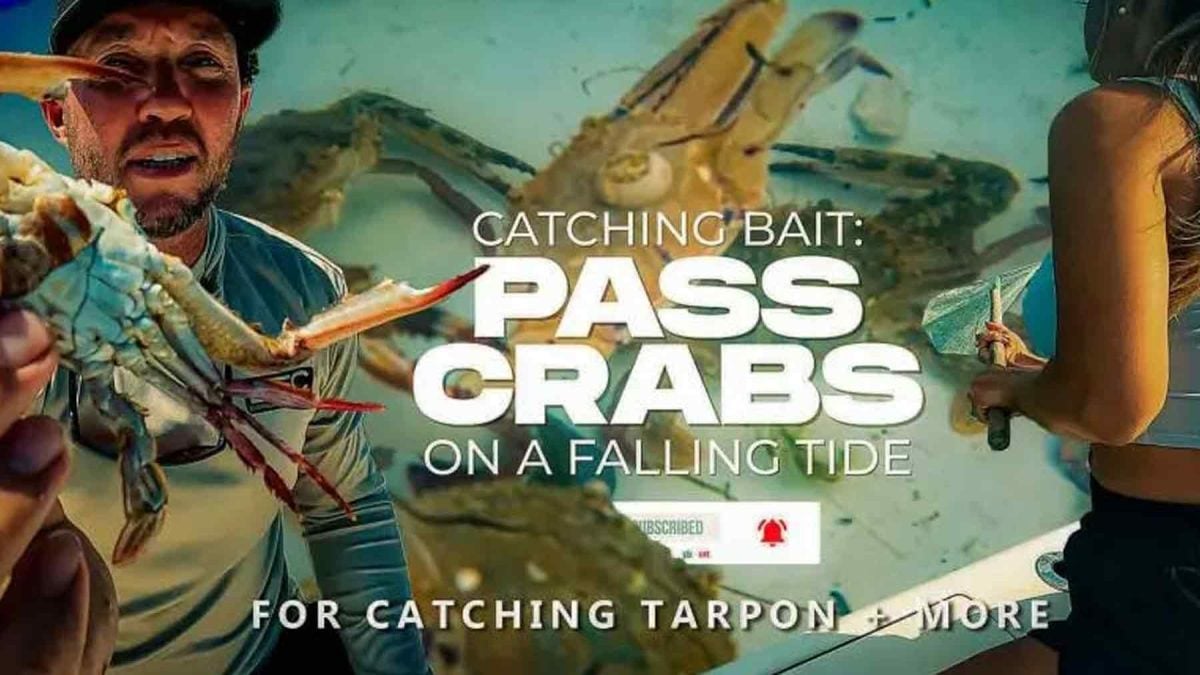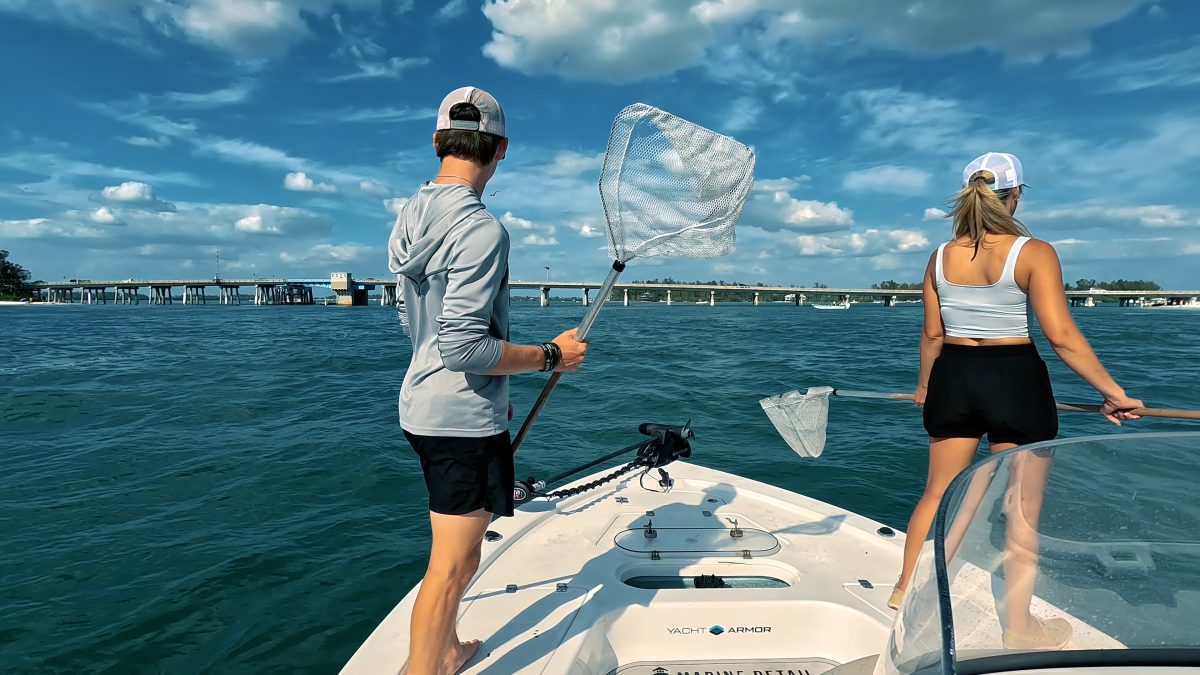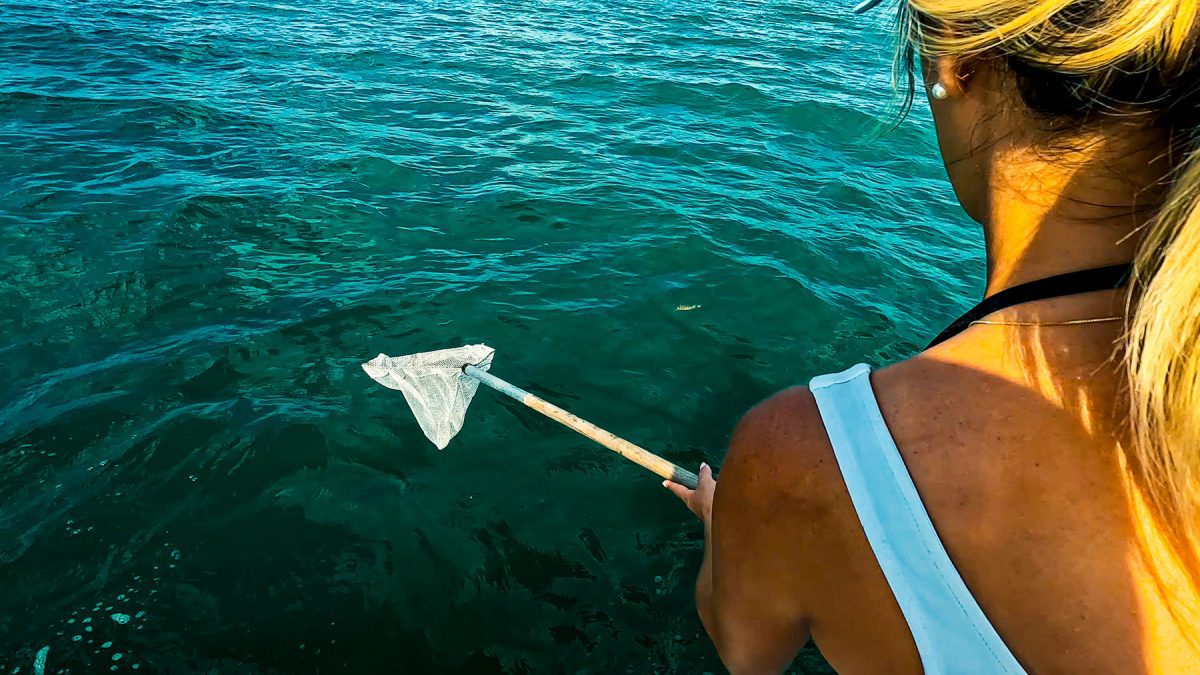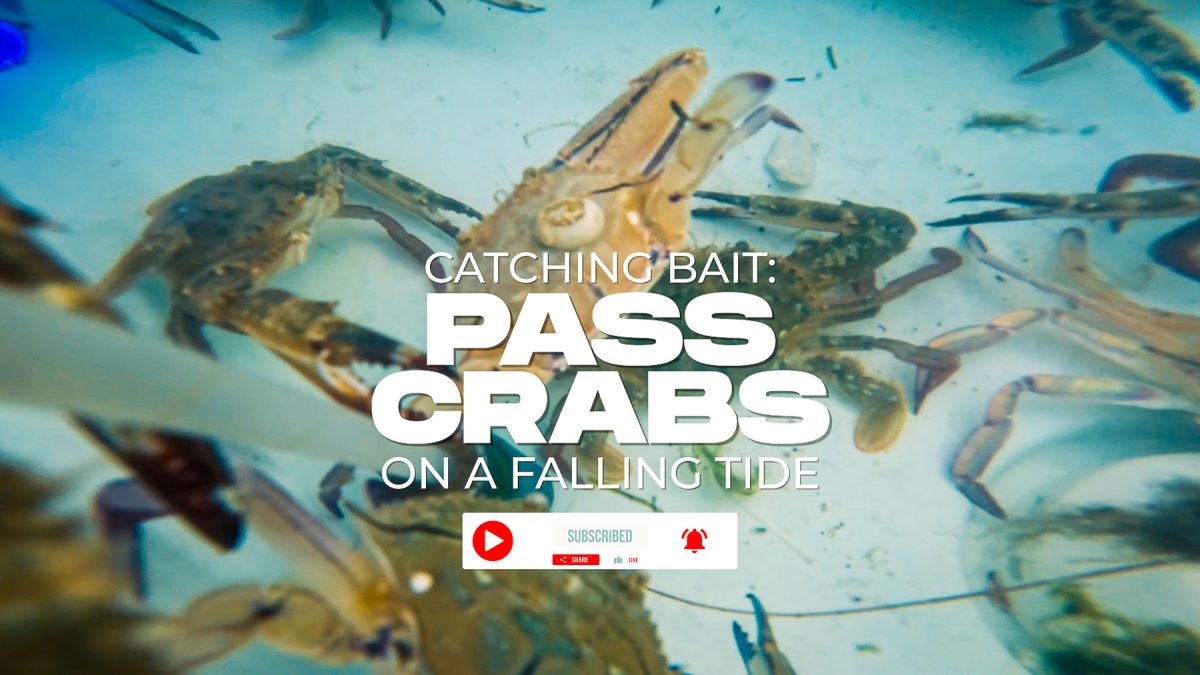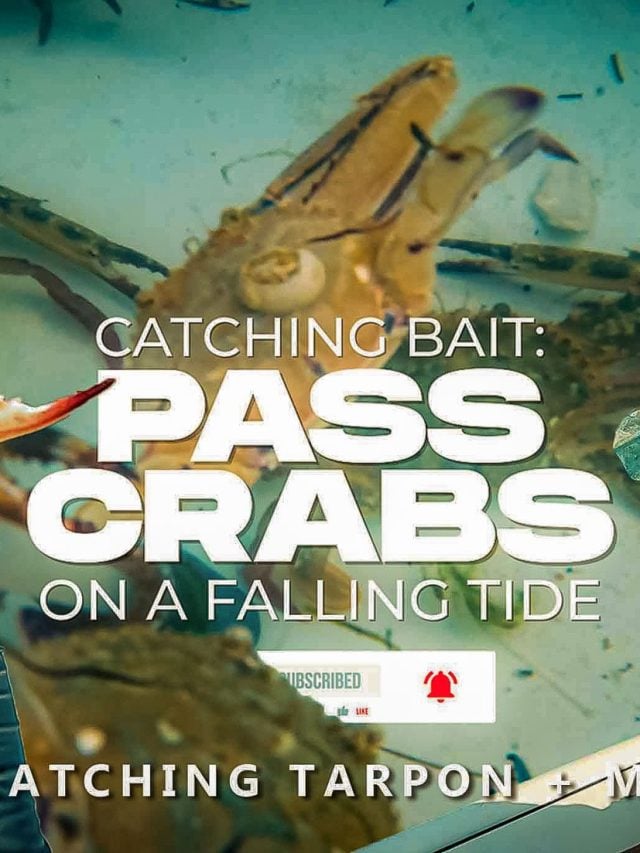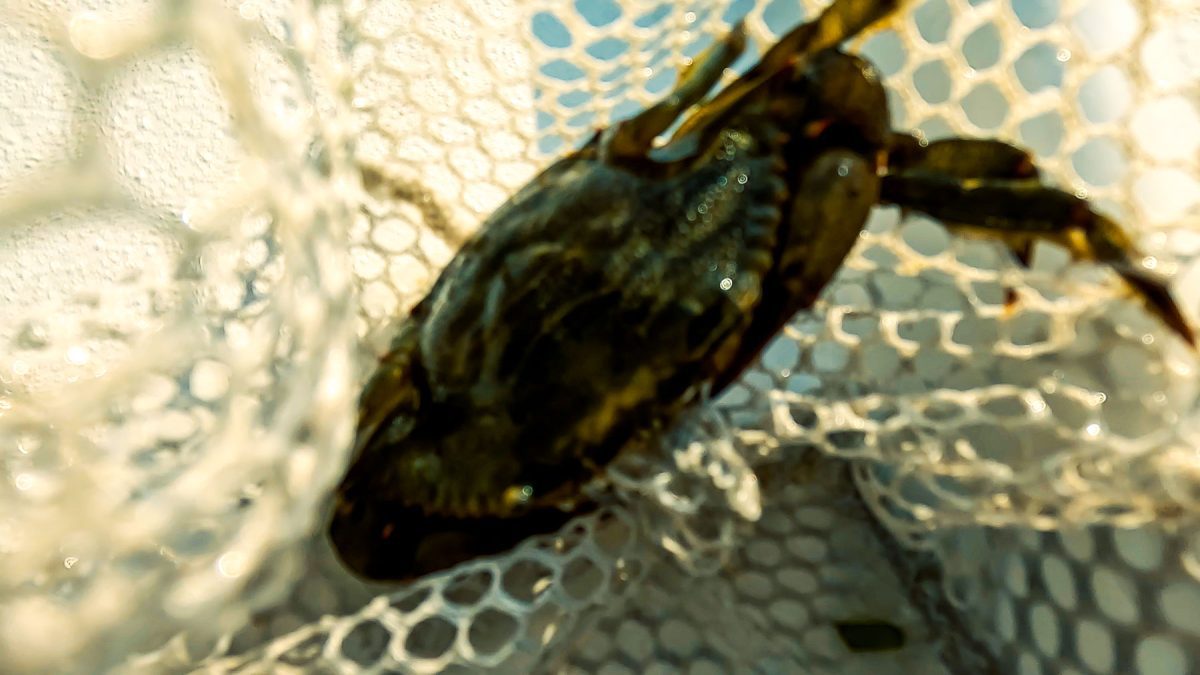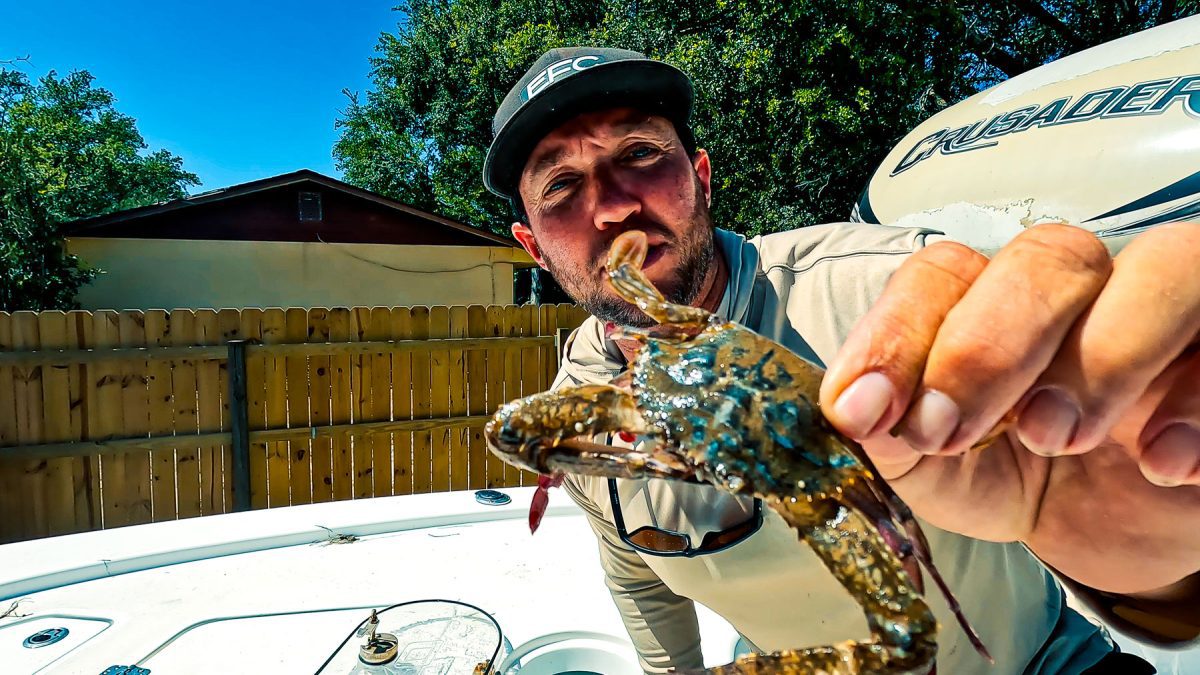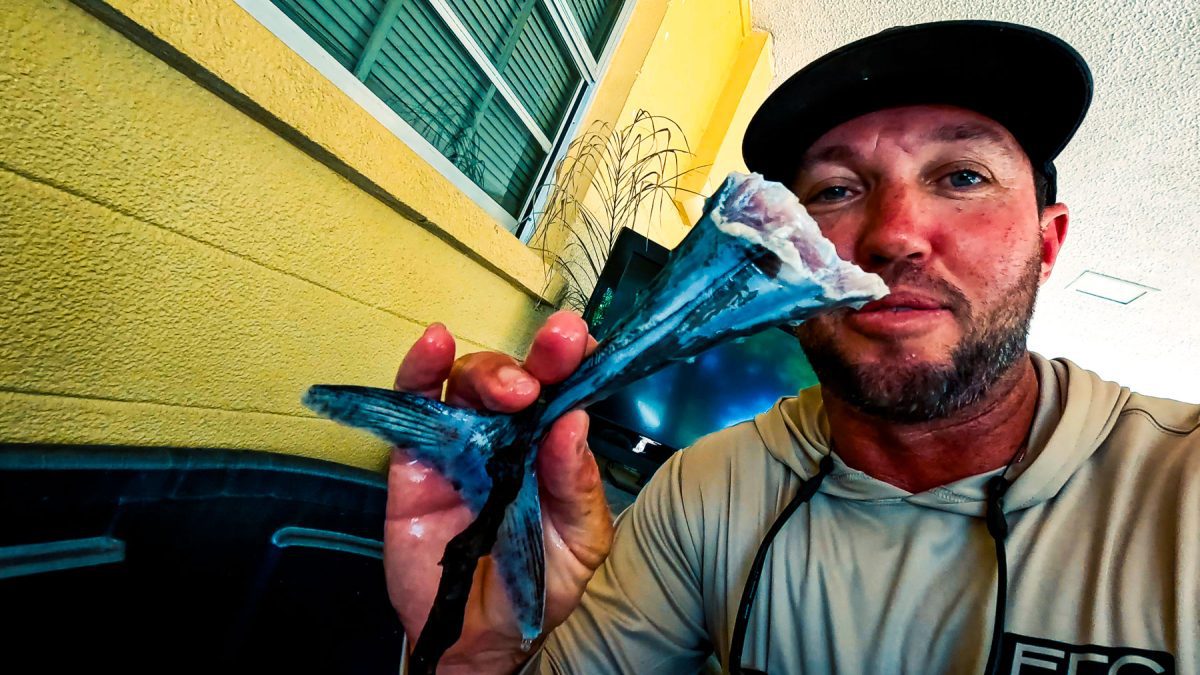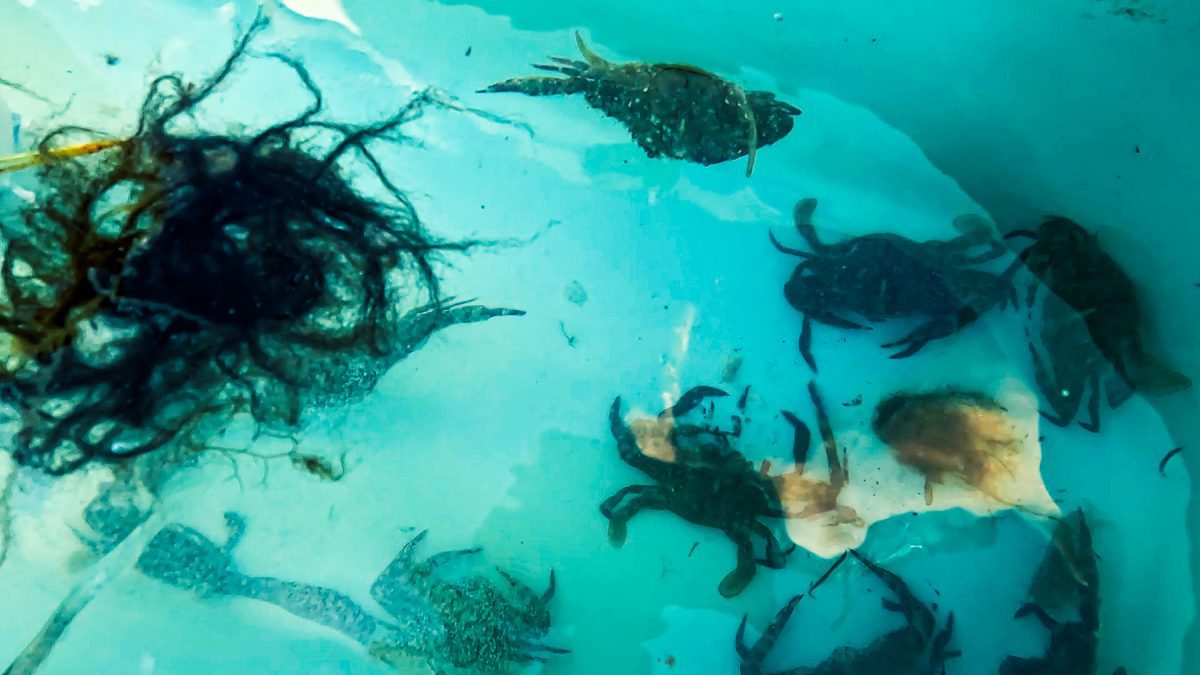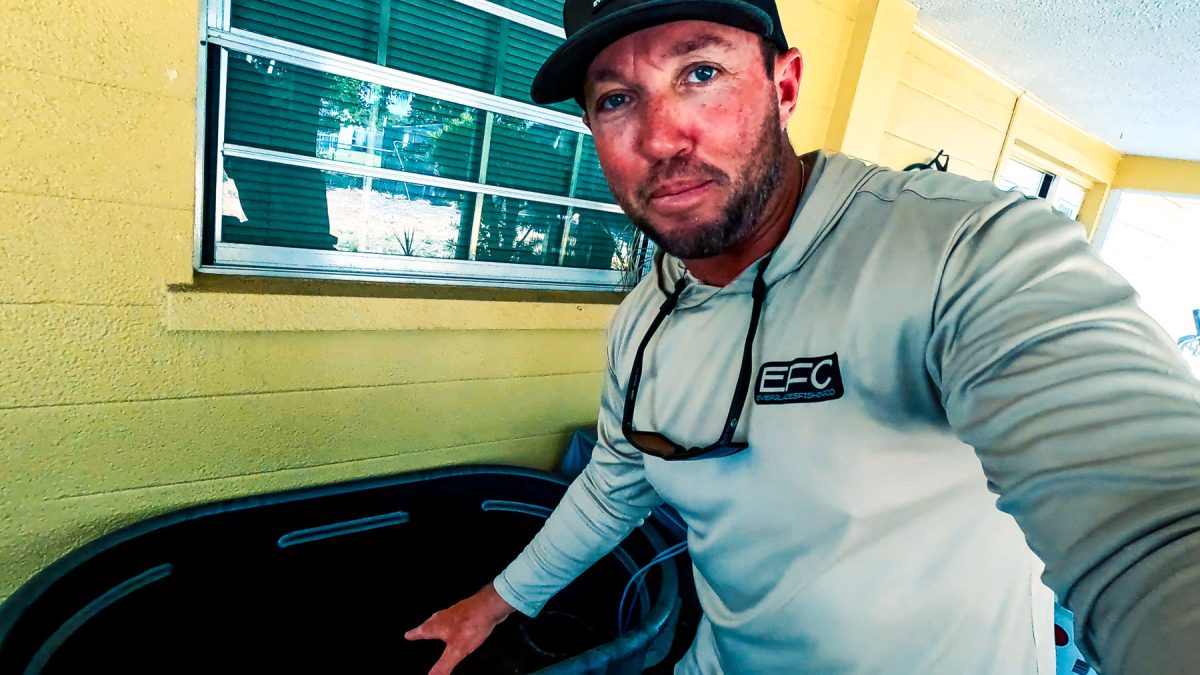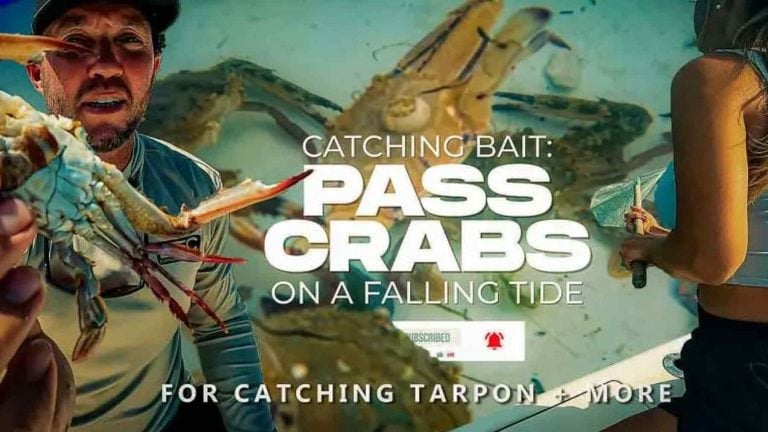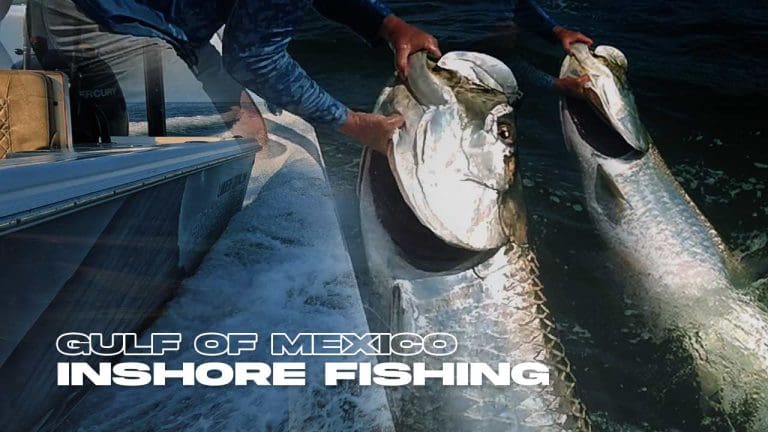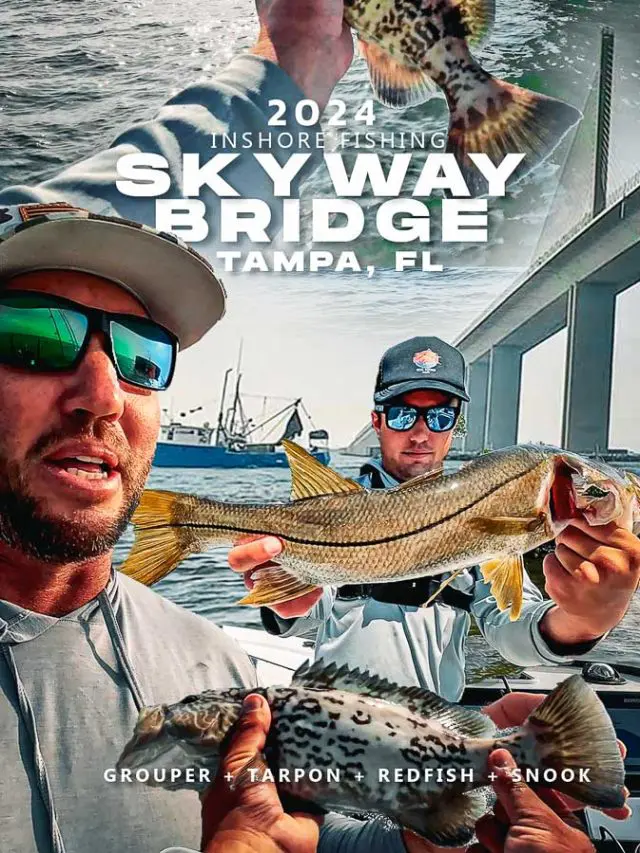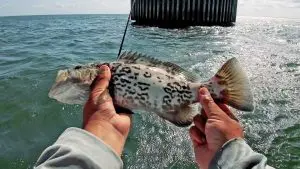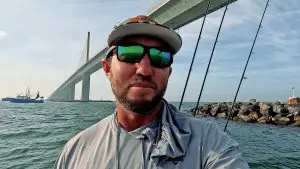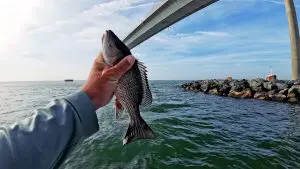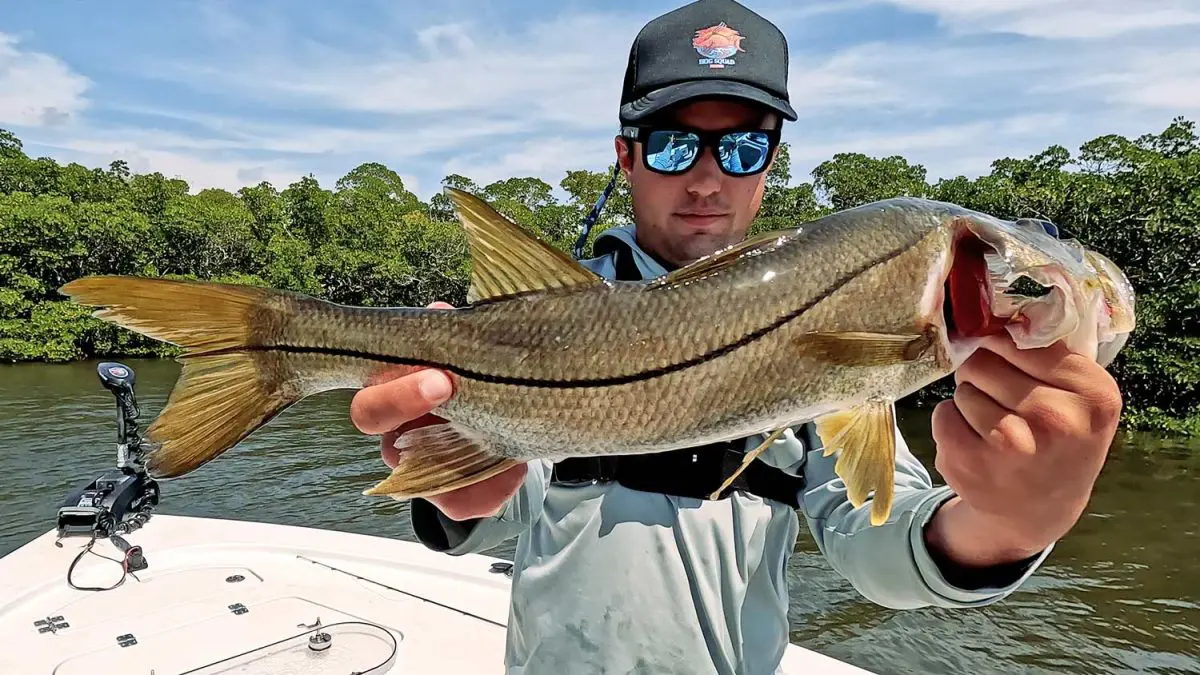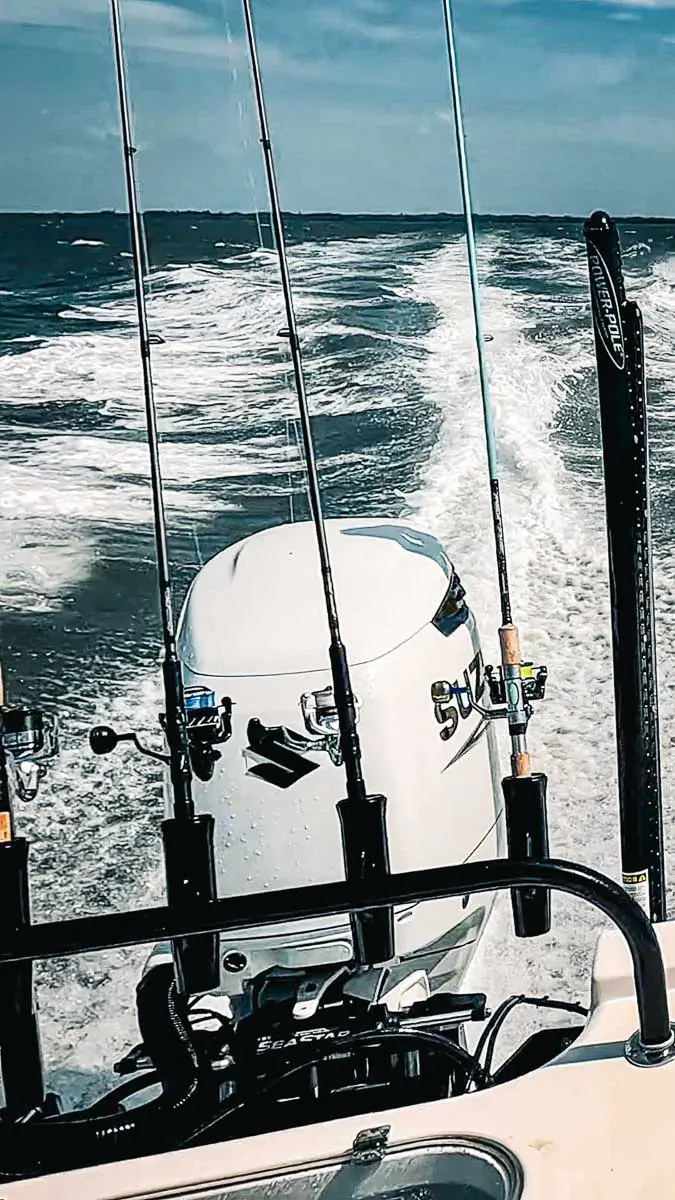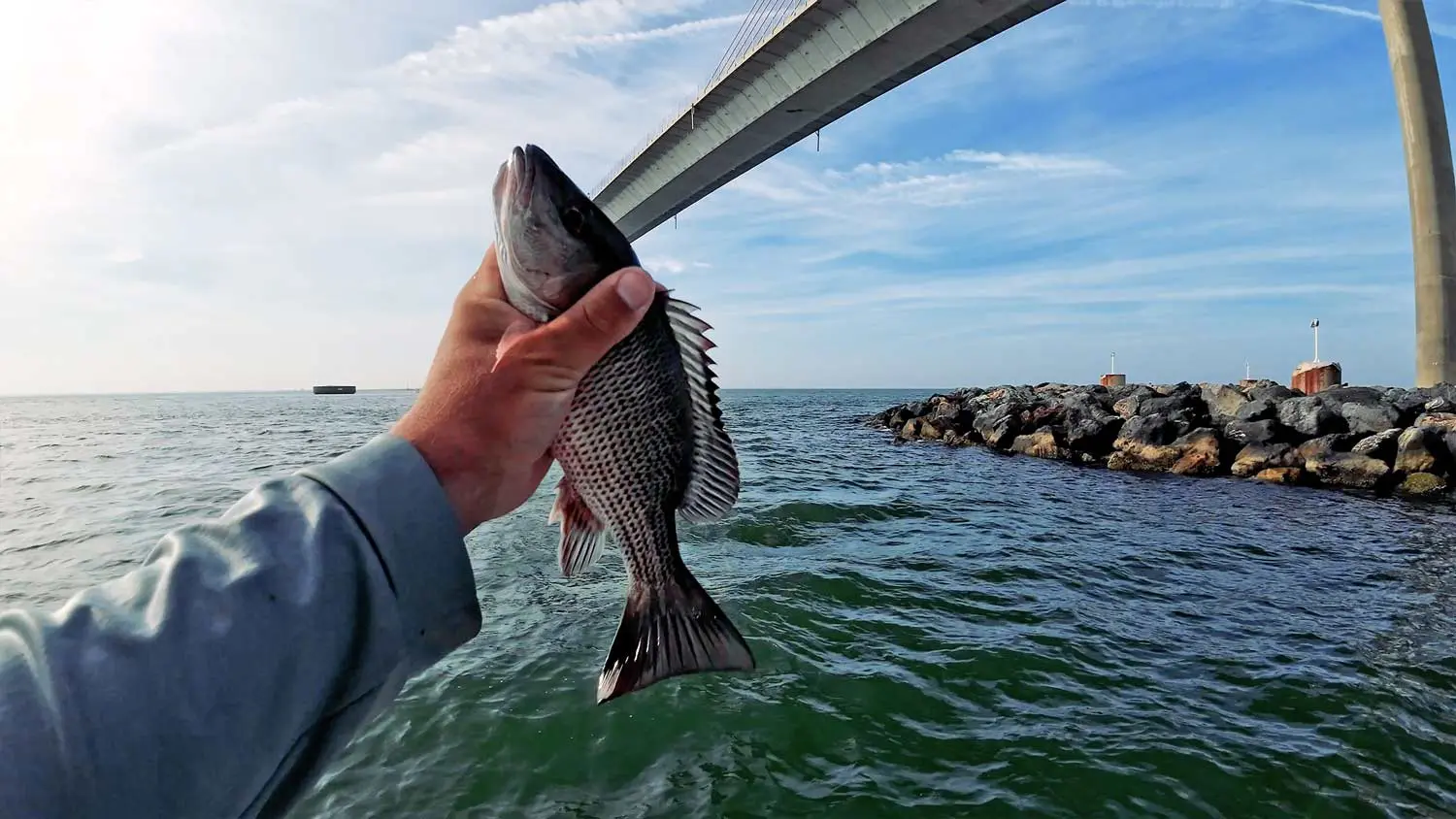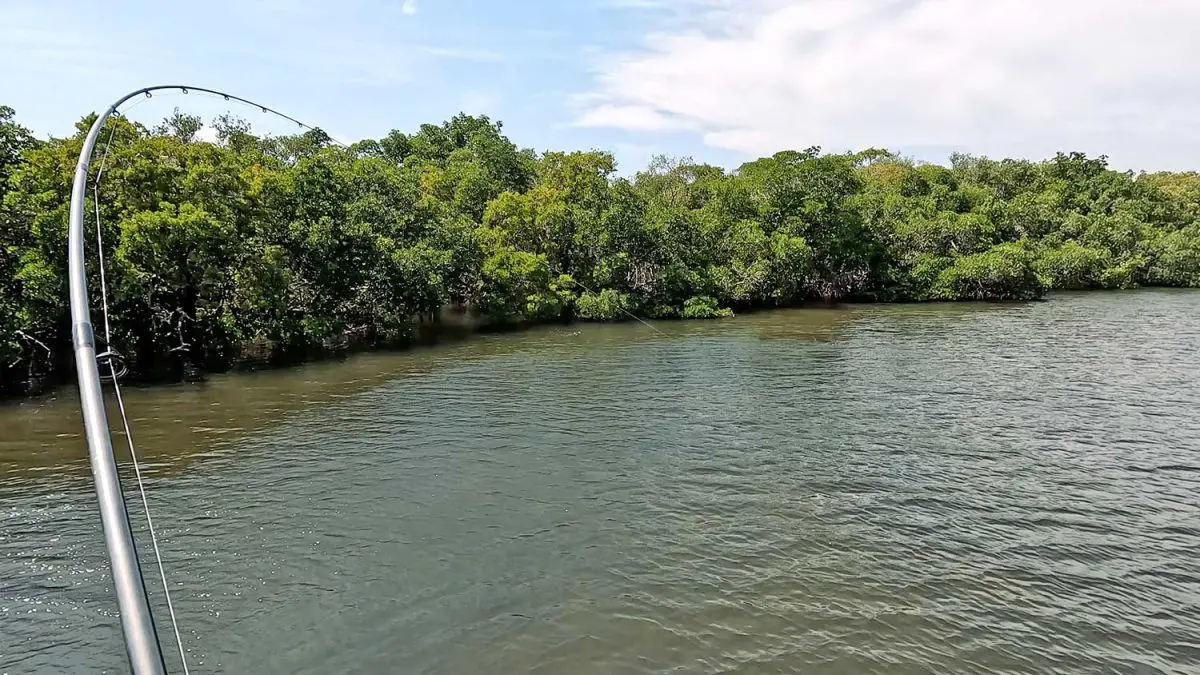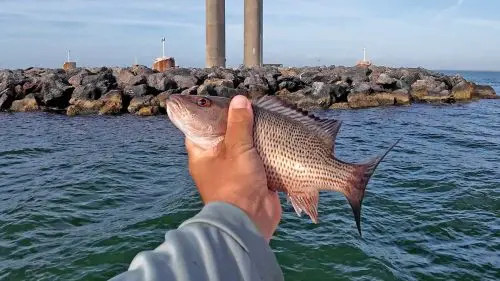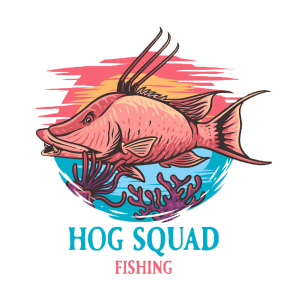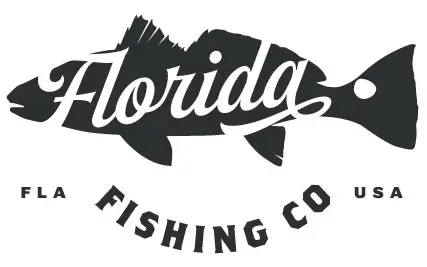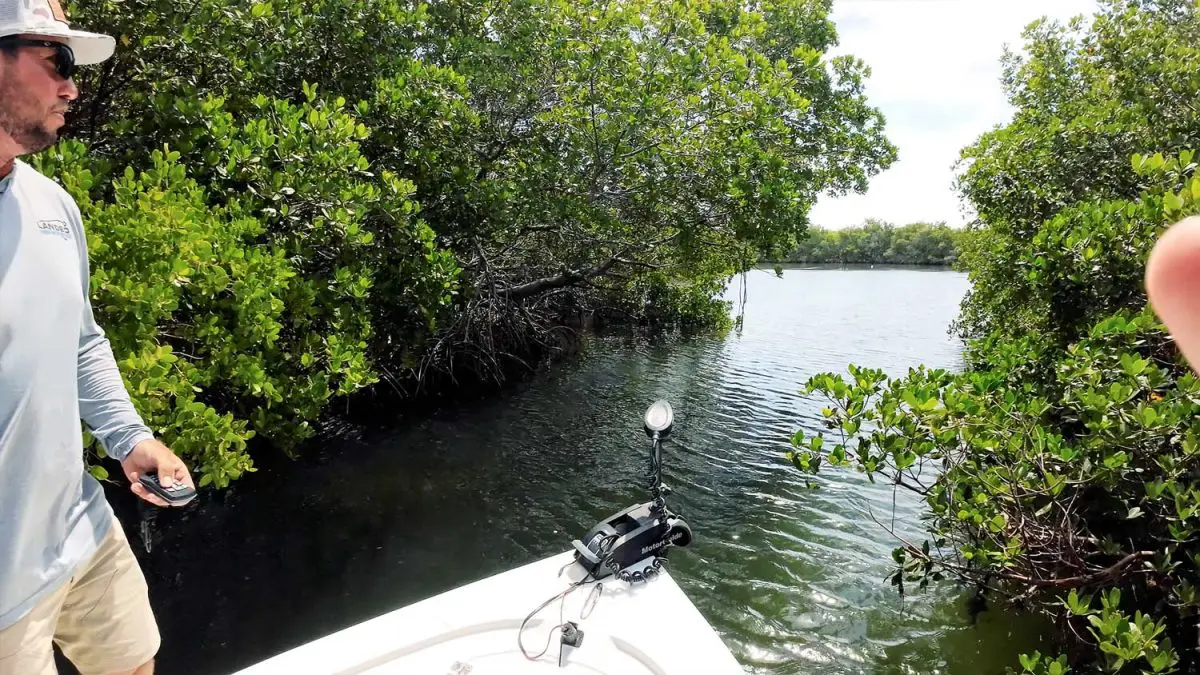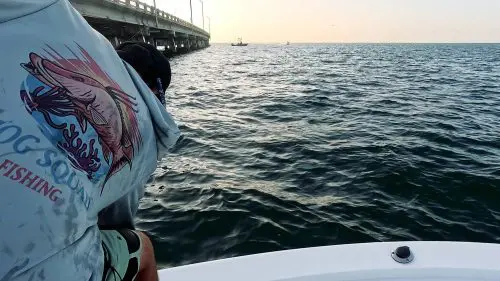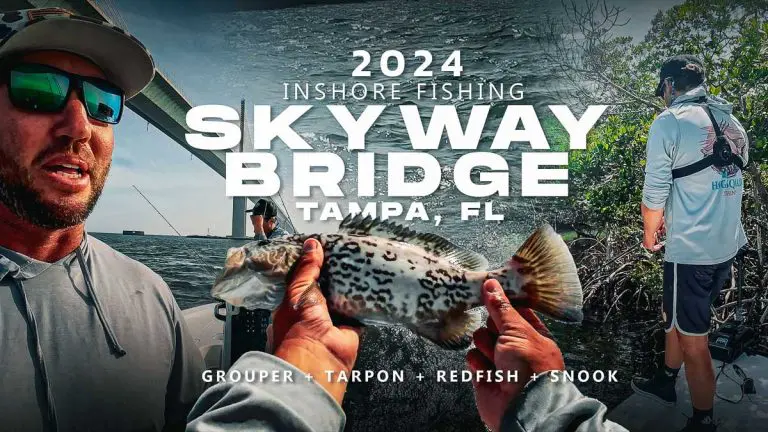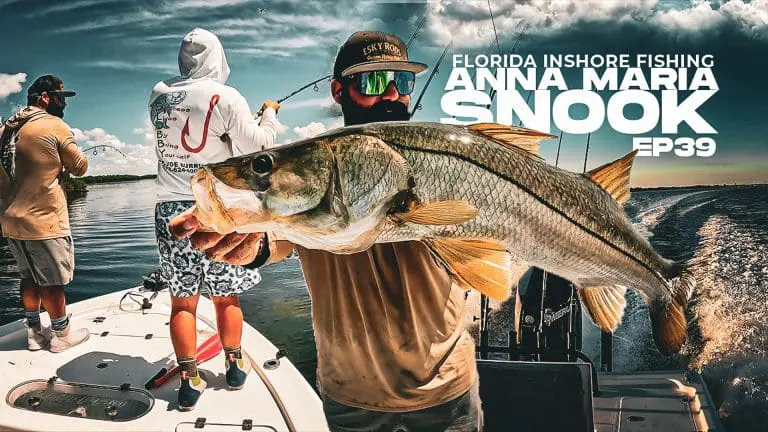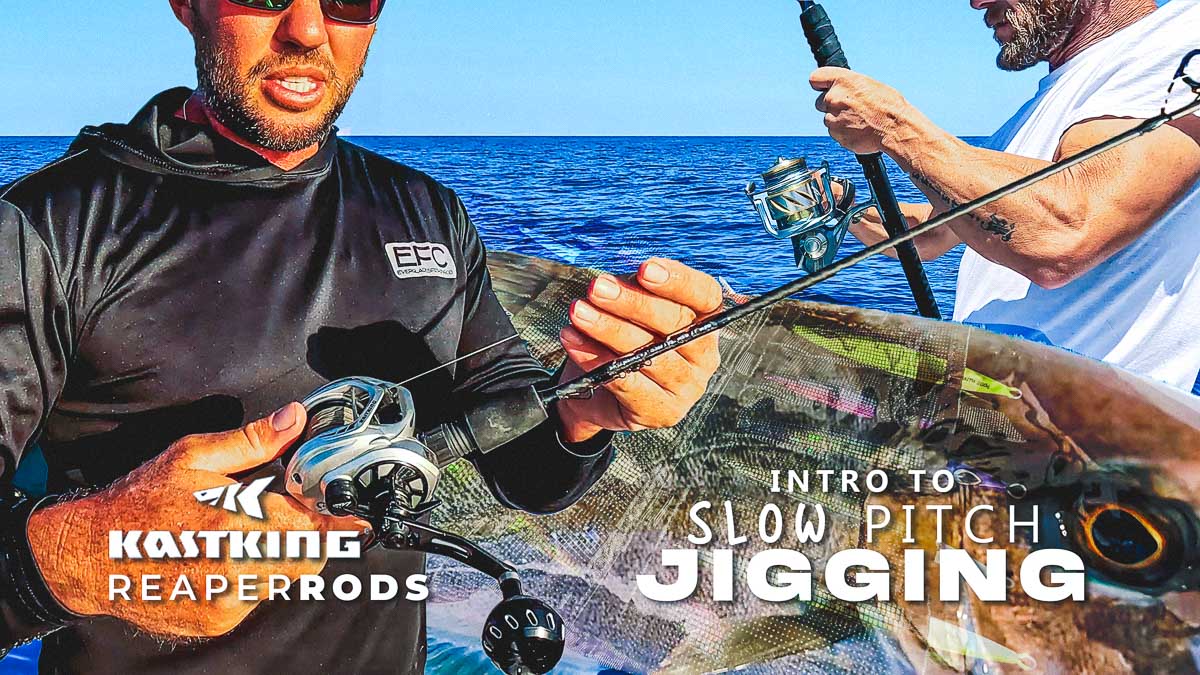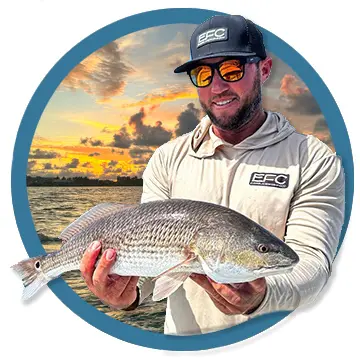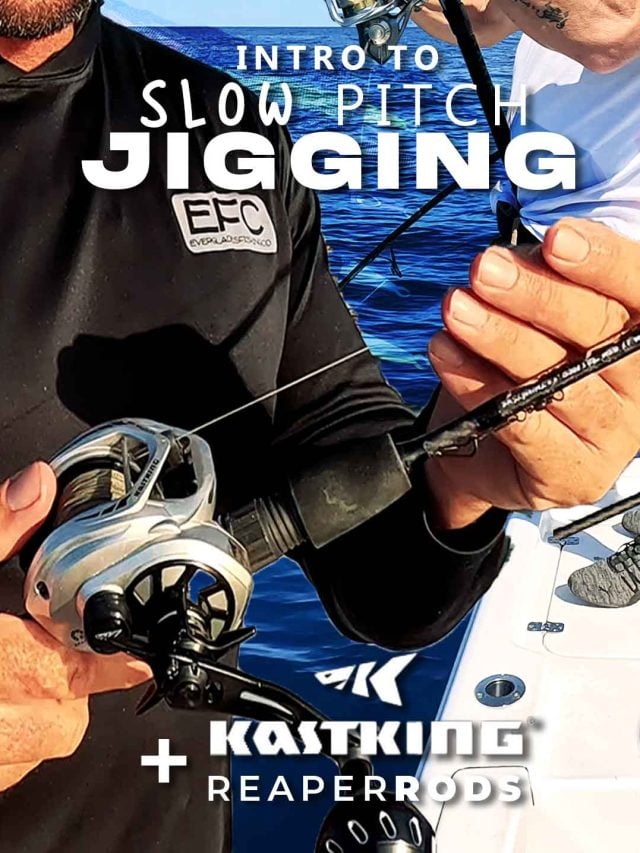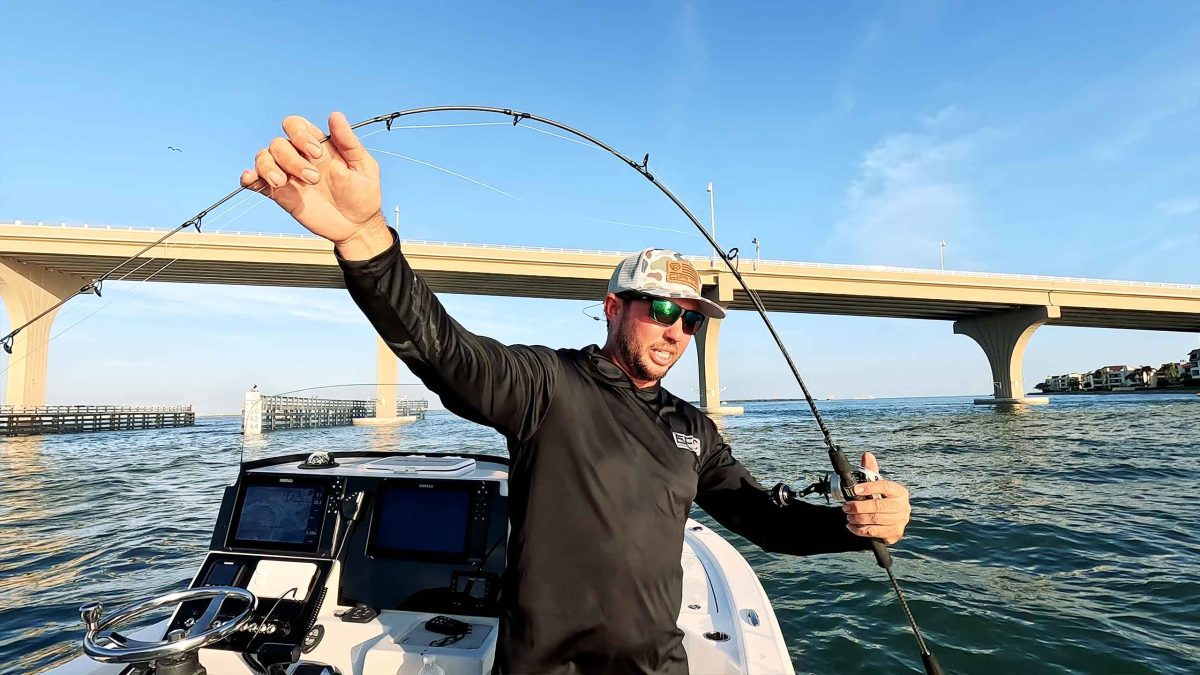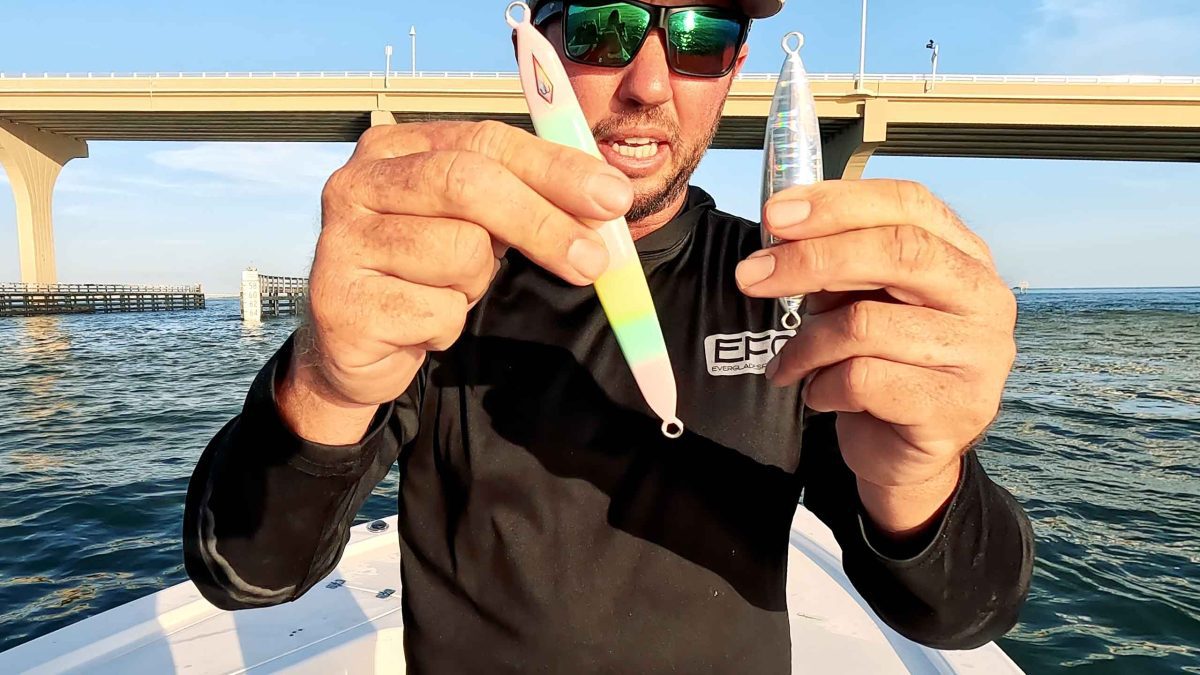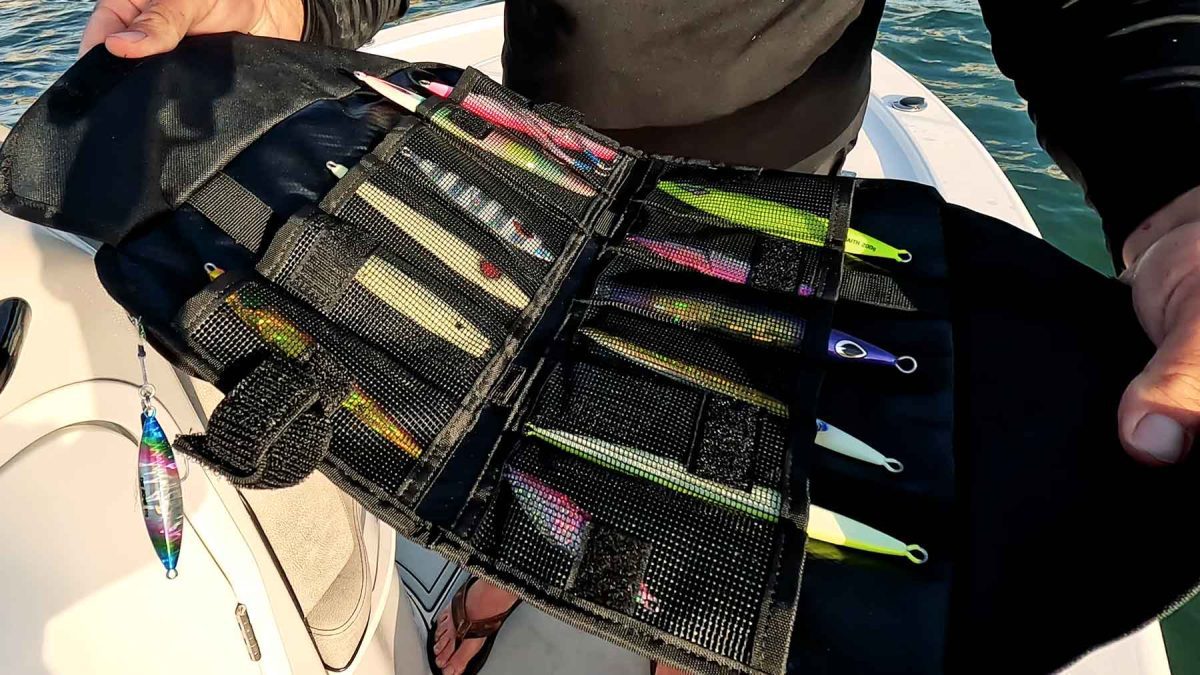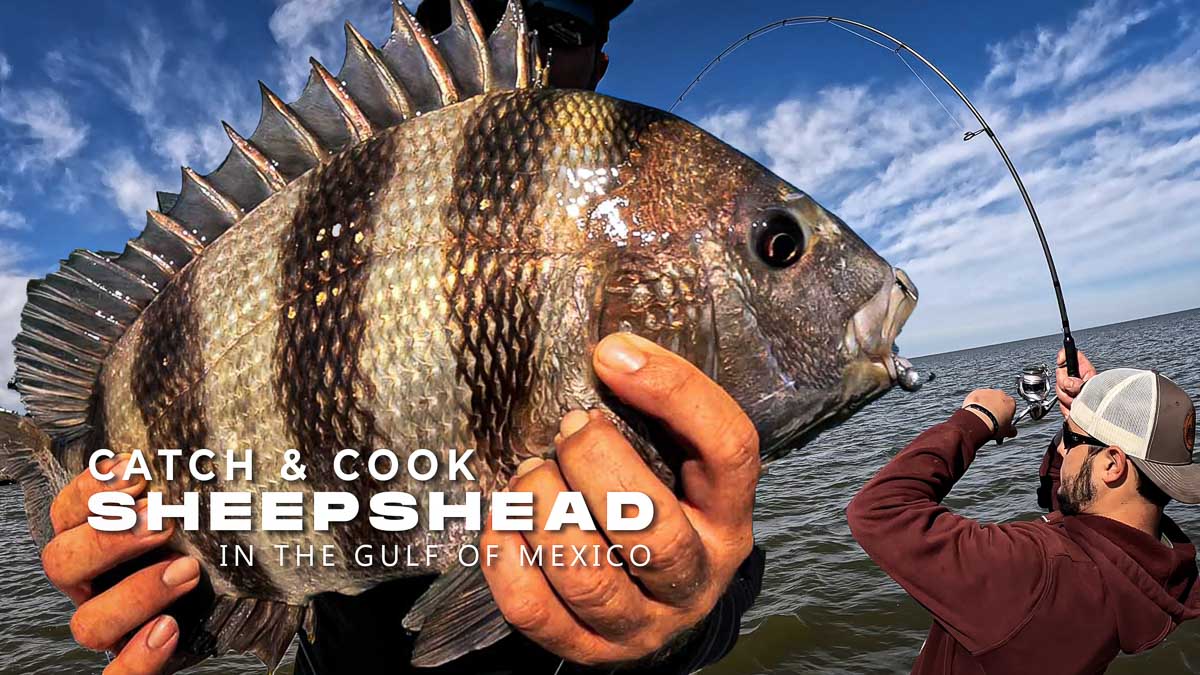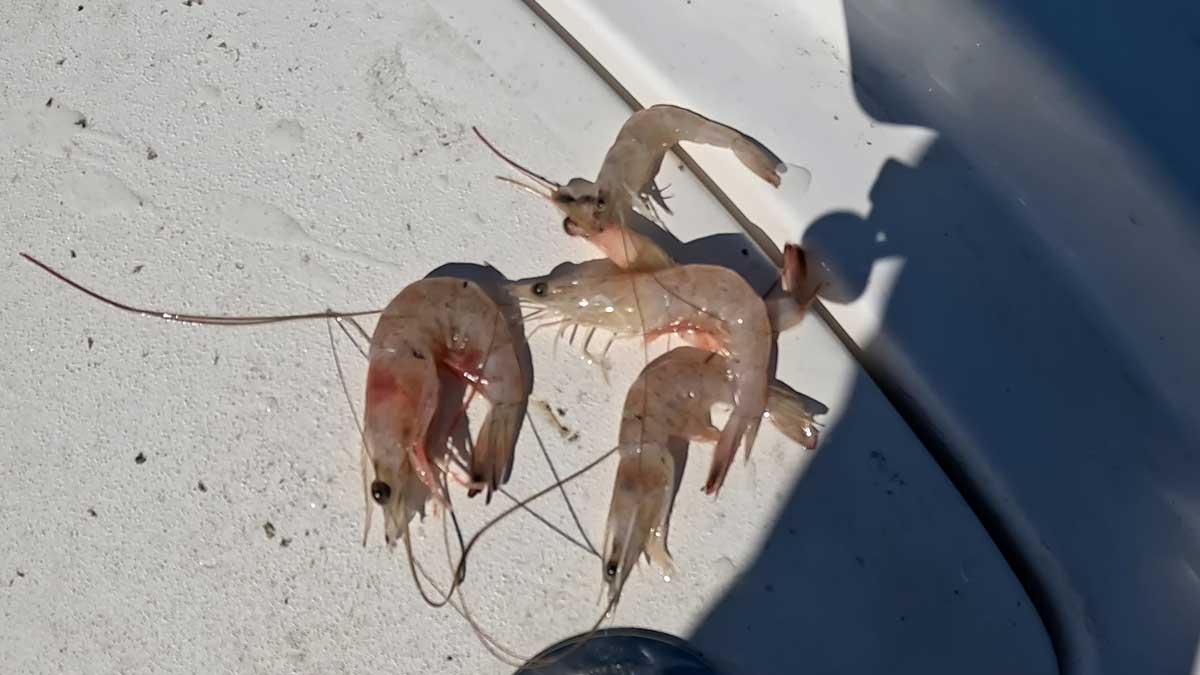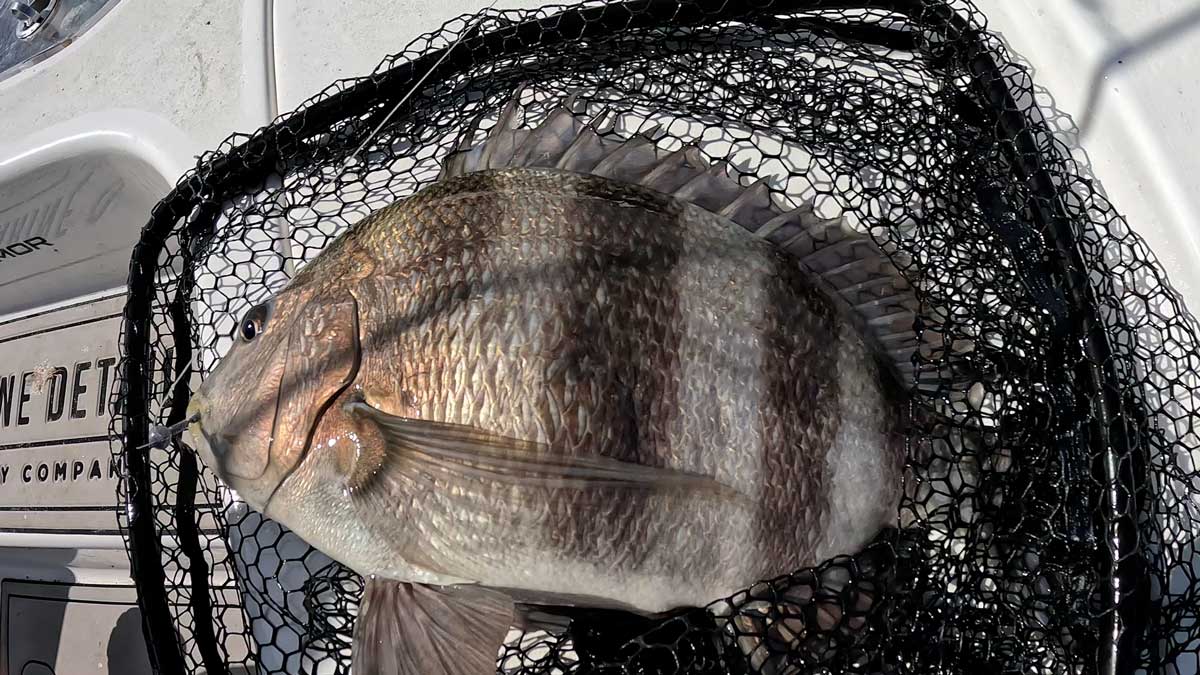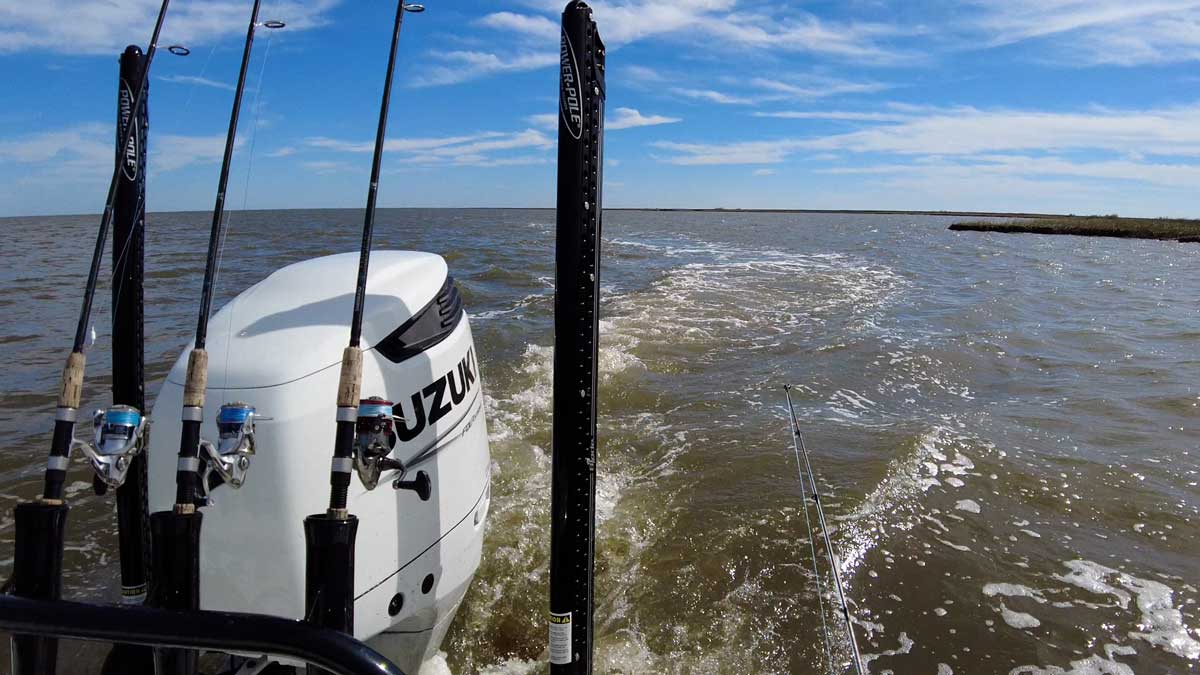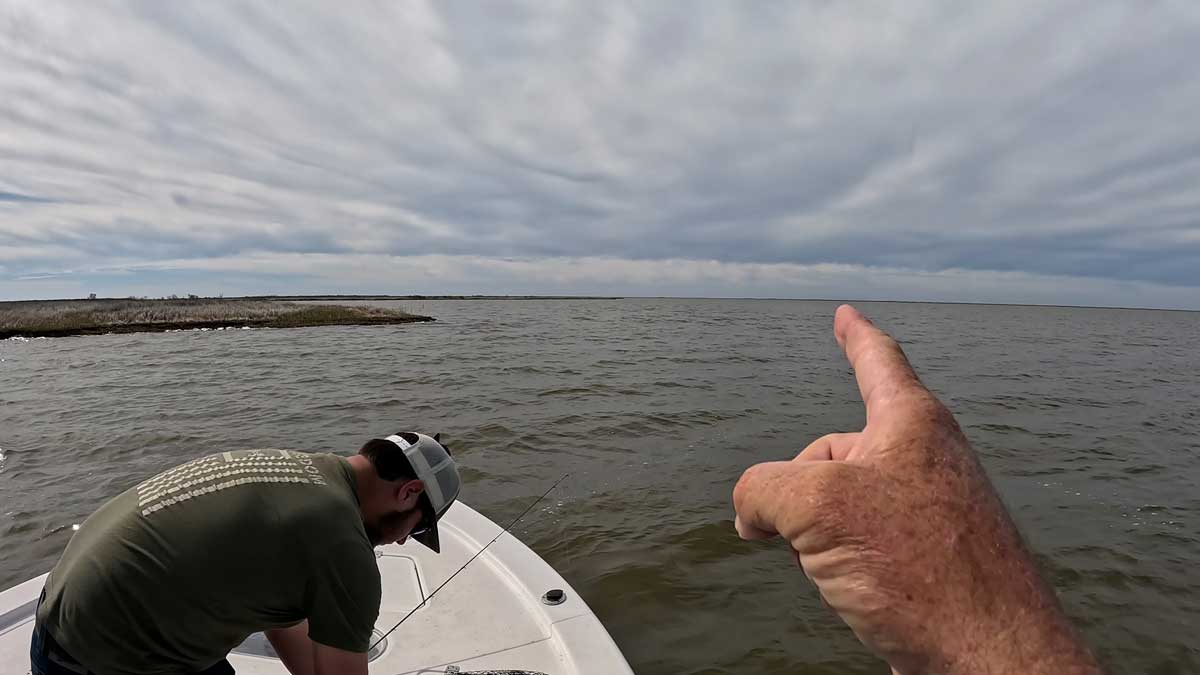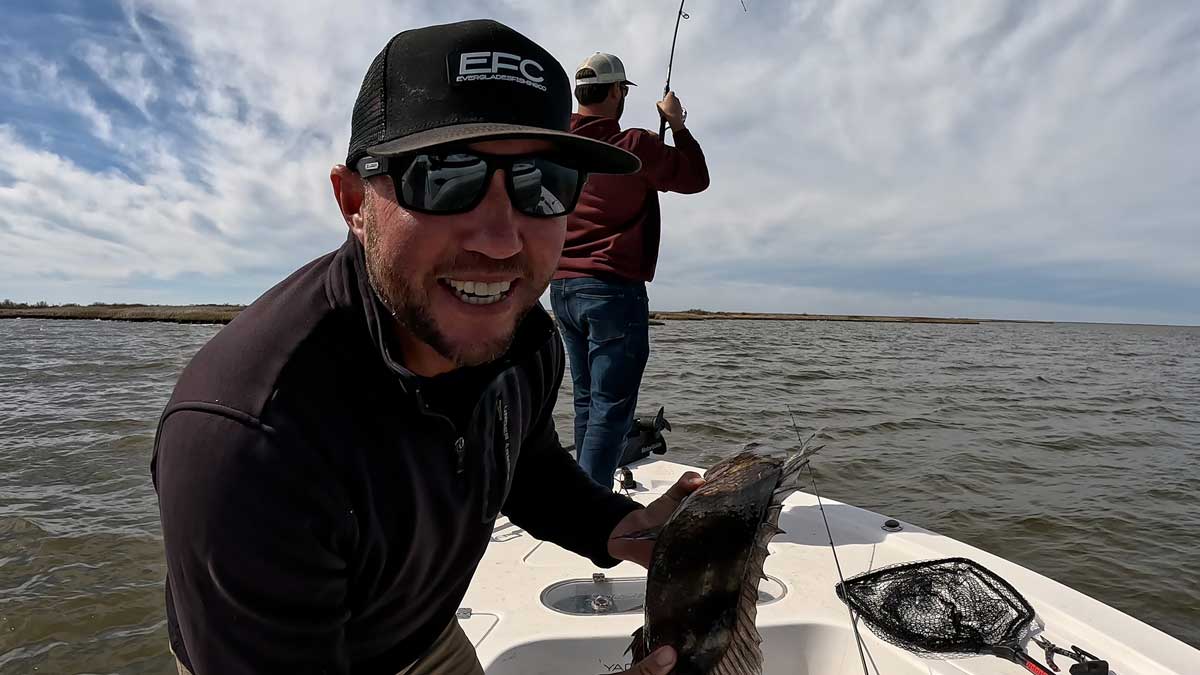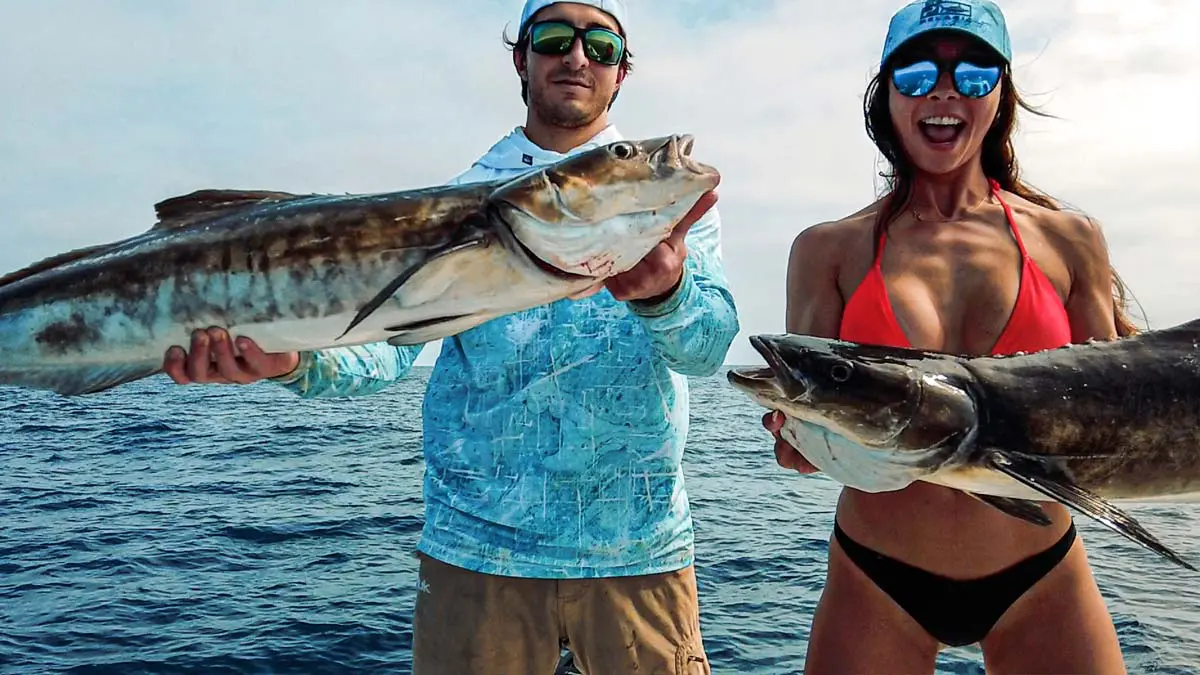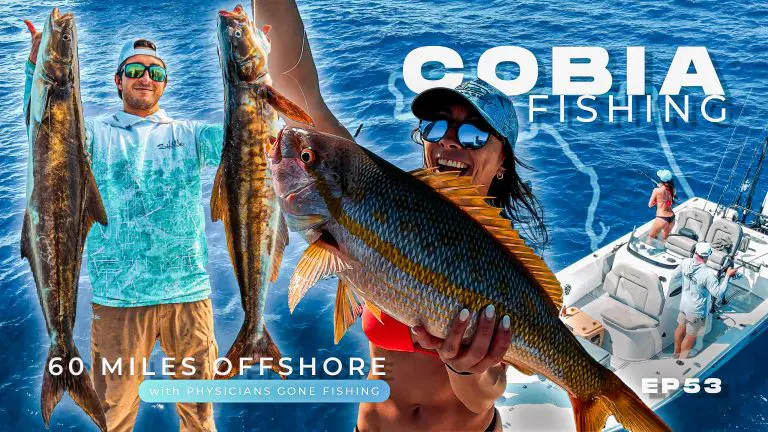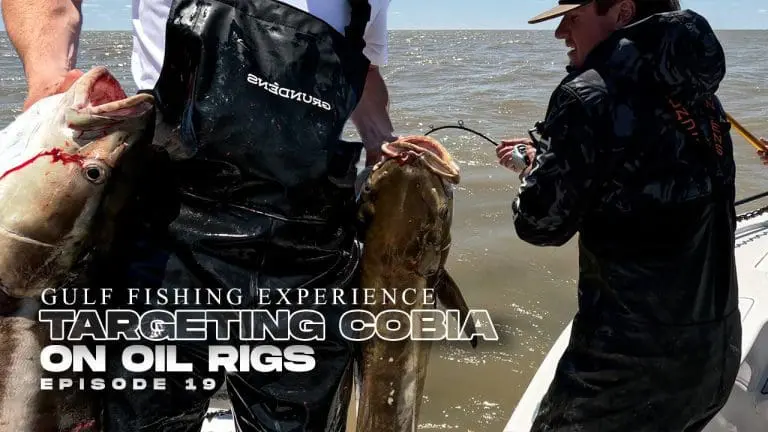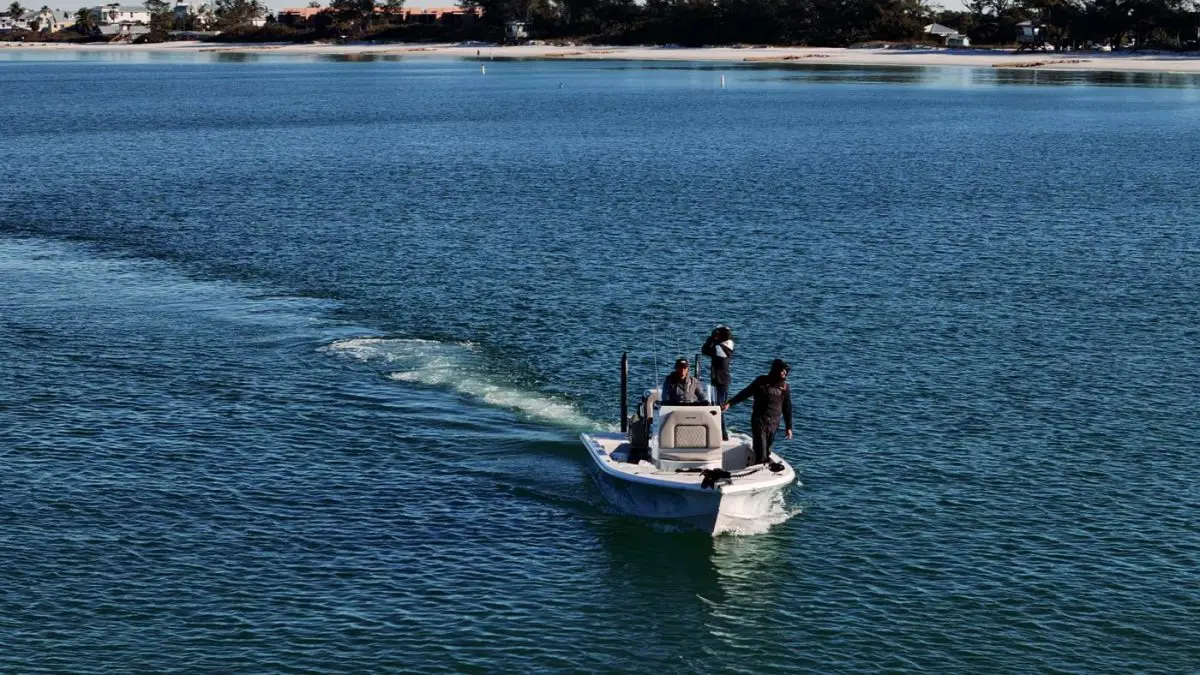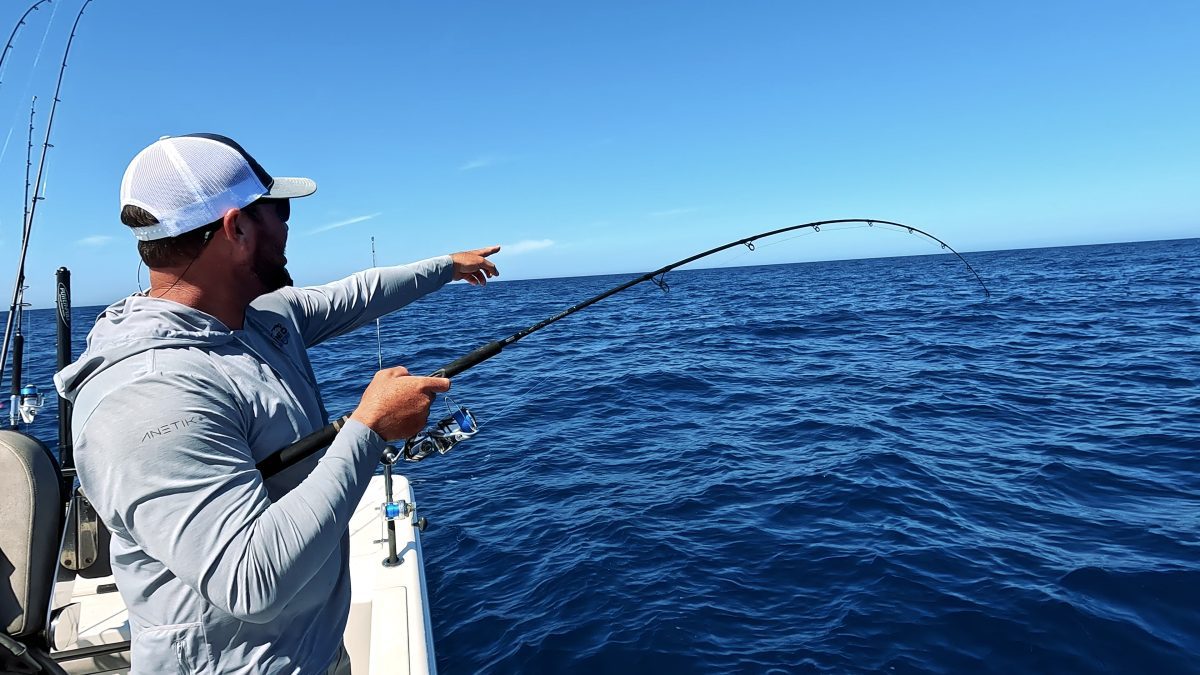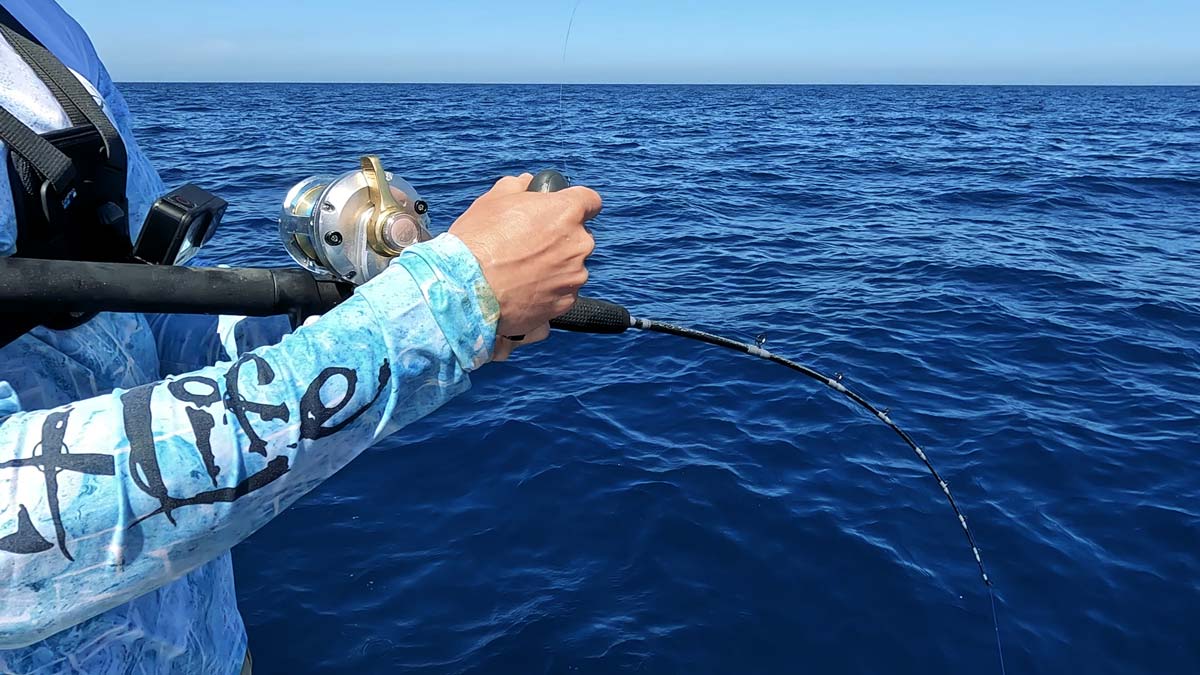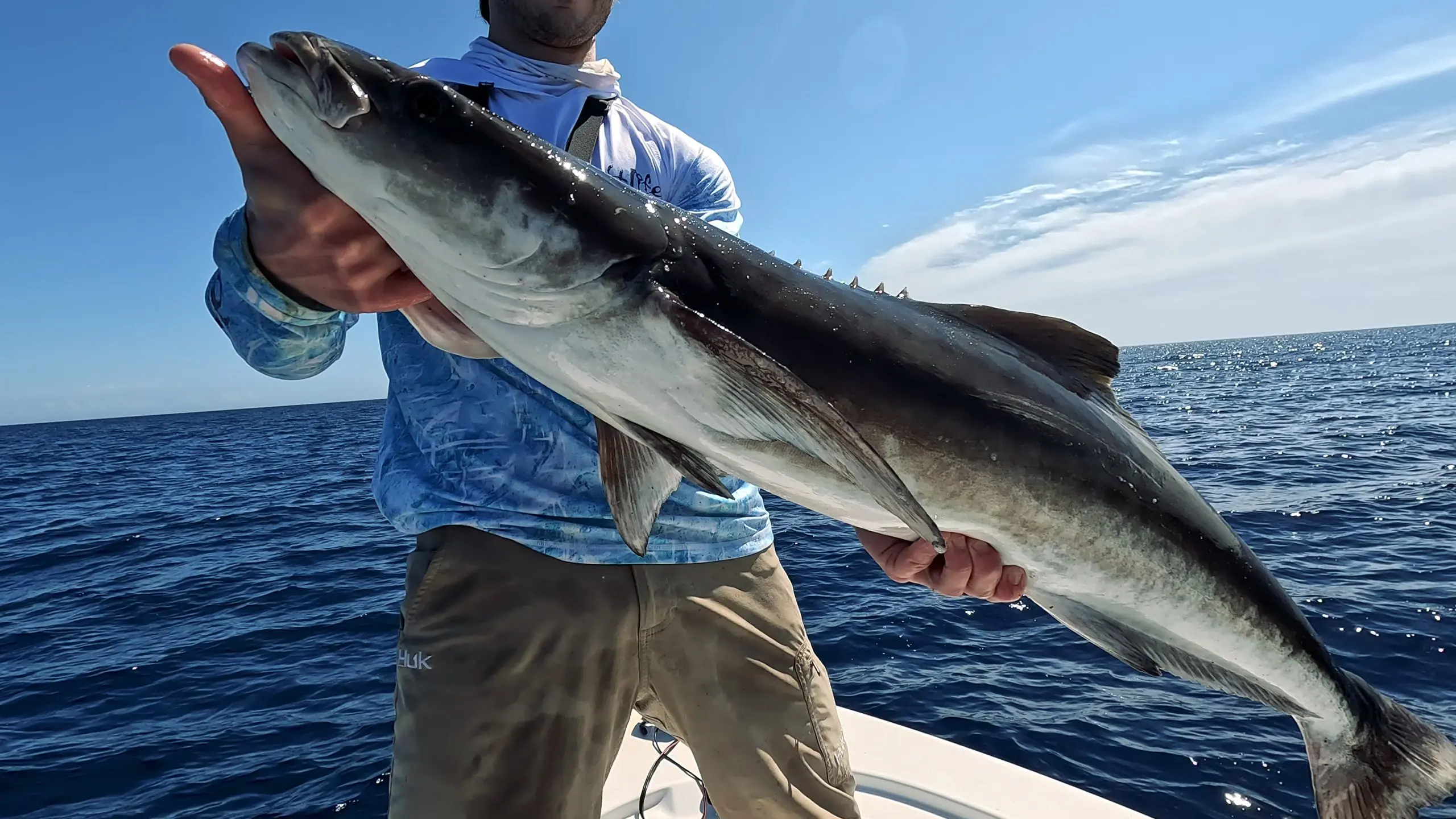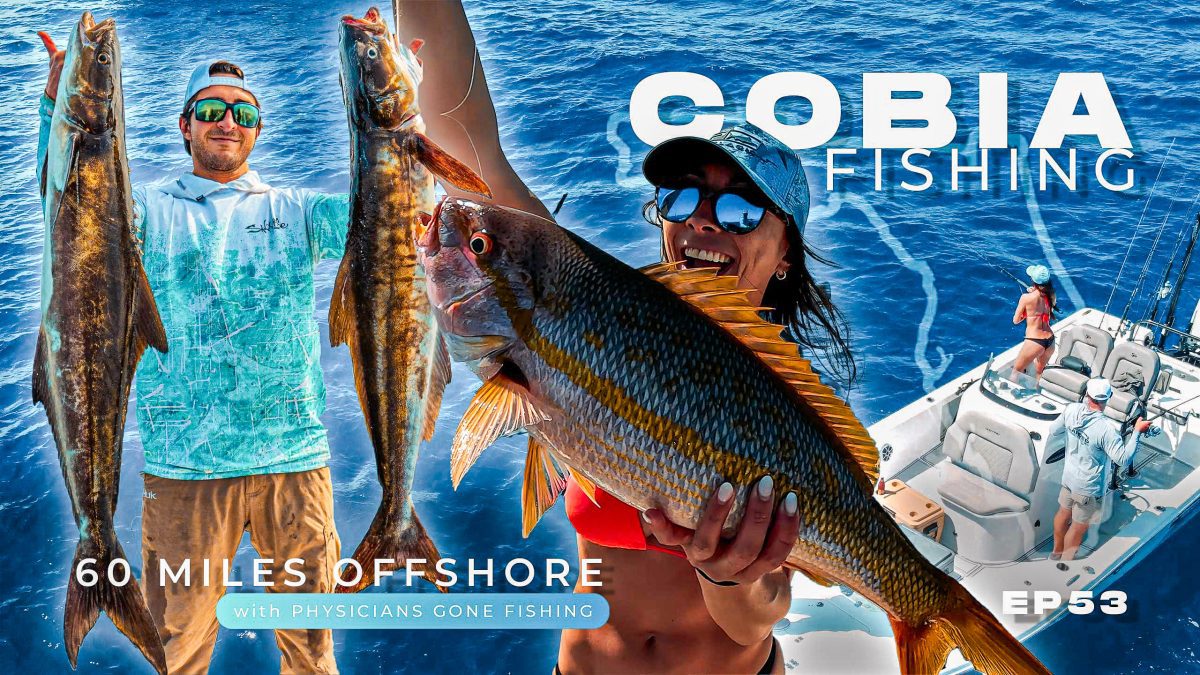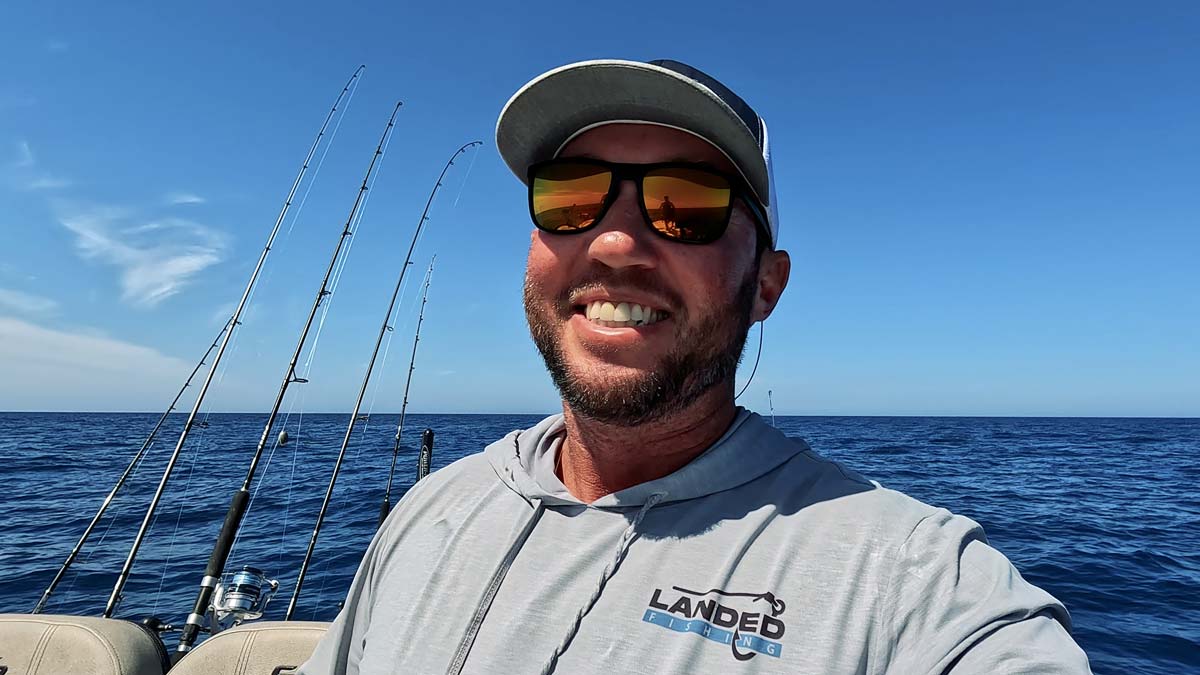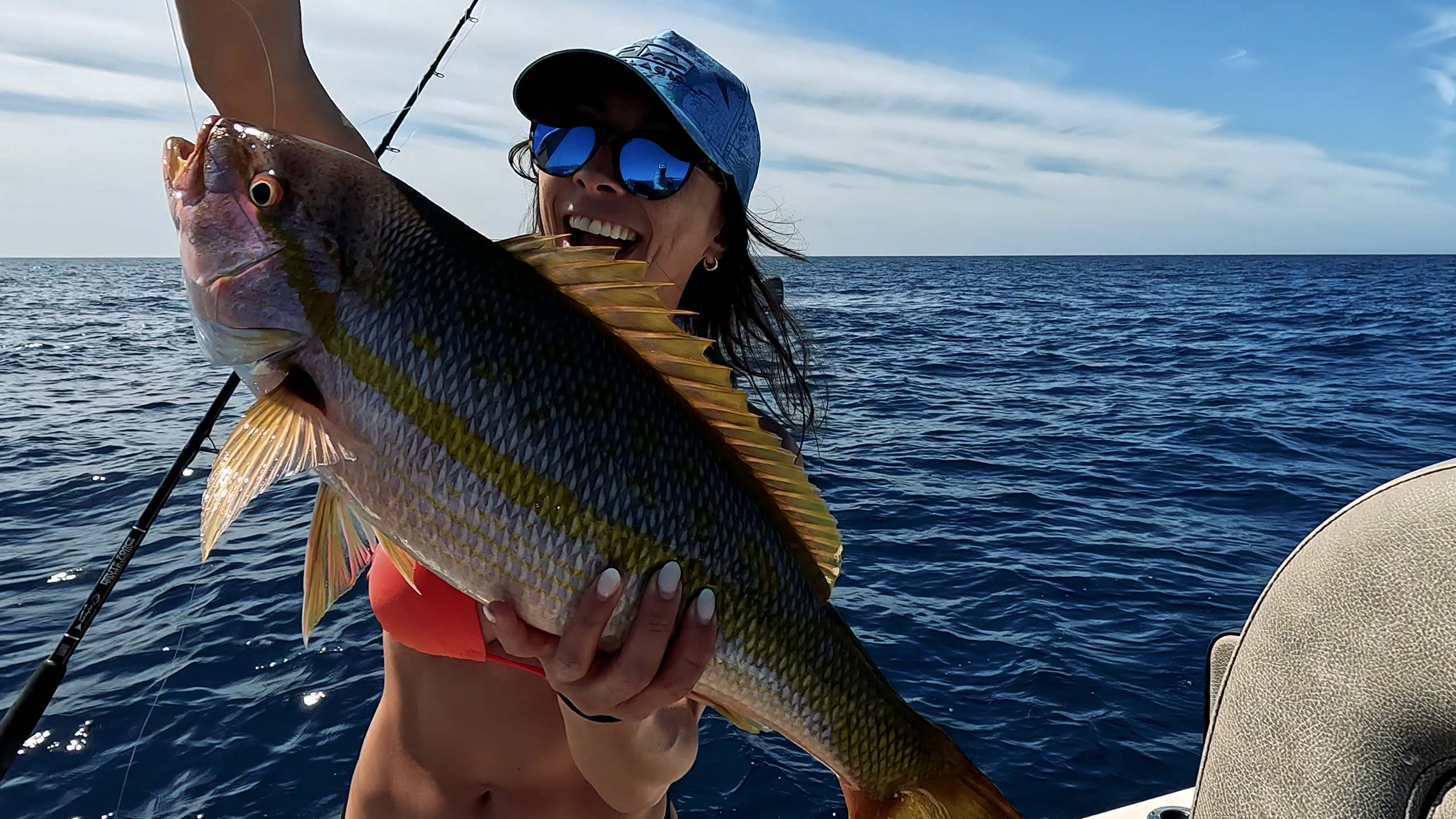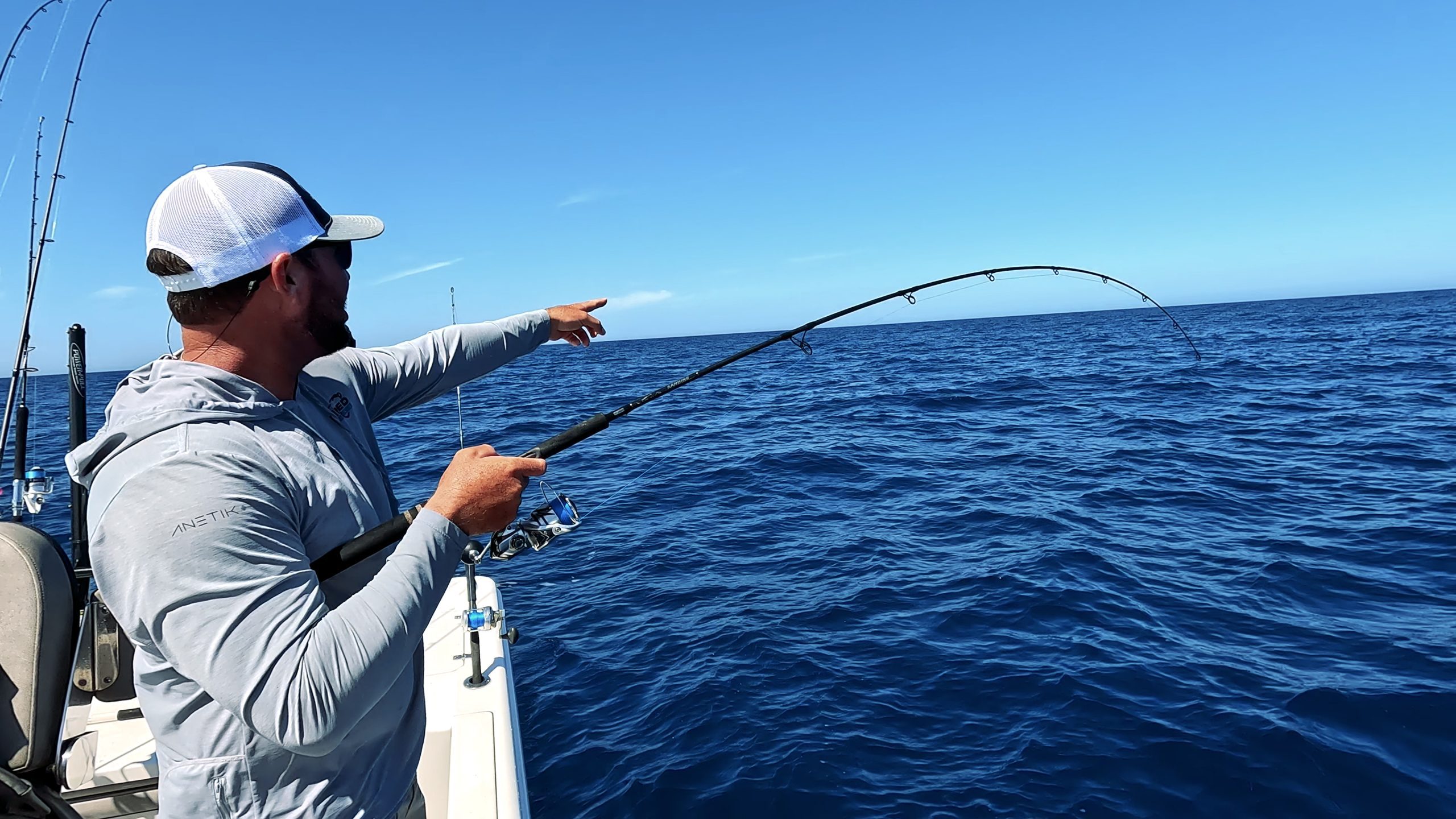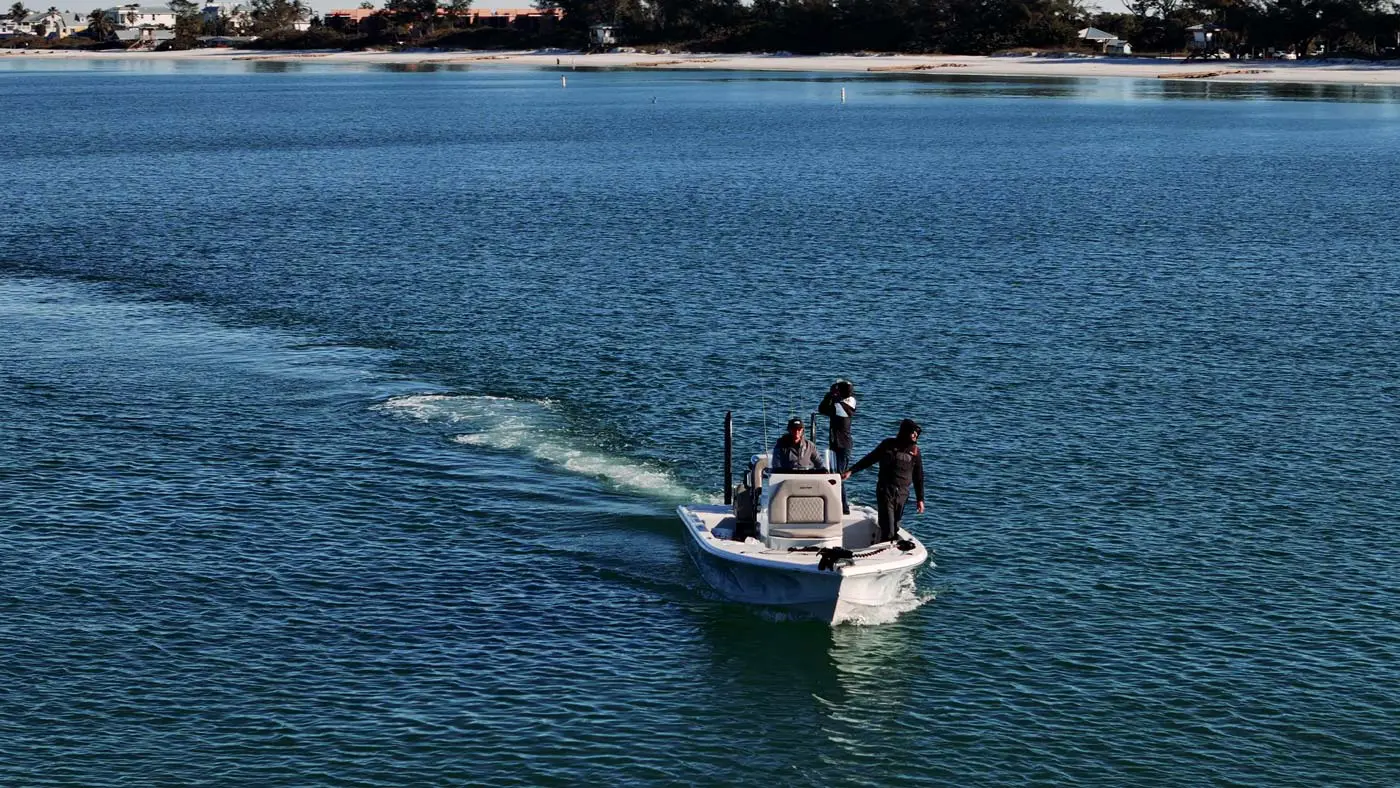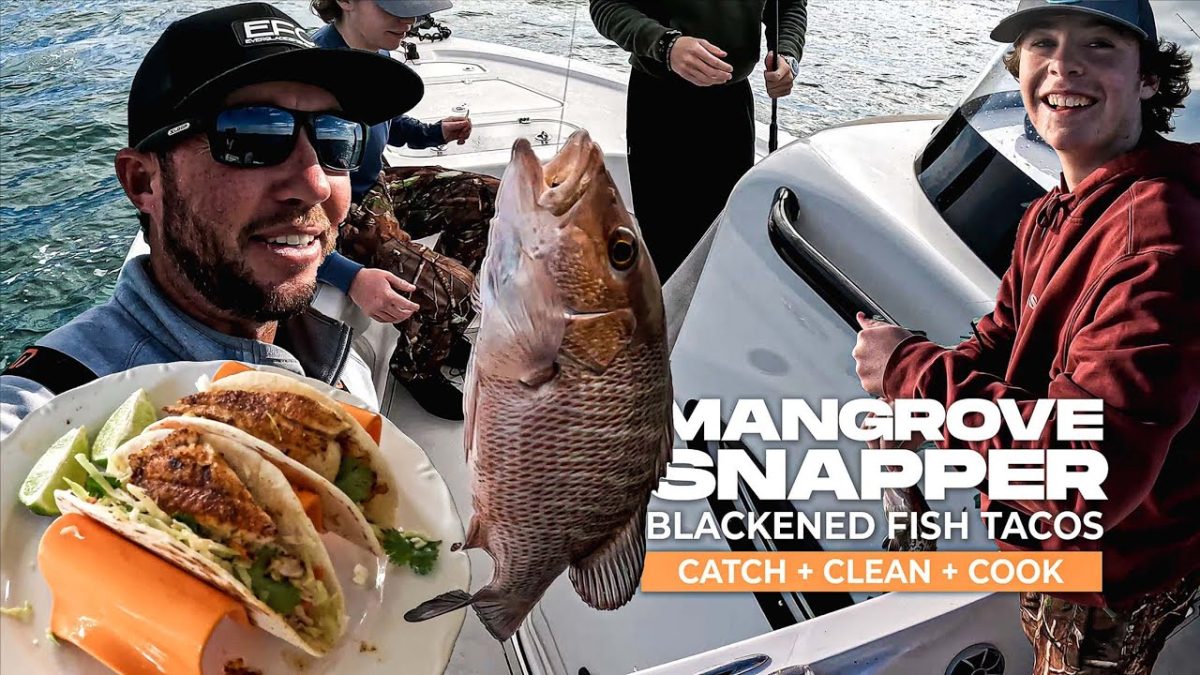Guide to Fishing at the Tampa Skyway Bridge
Fishing at the Tampa Skyway Bridge is an experience like no other, especially when targeting Tarpon and Grouper.
Open 24/7 and known for its rich action-packed and accessible fishing facilities, the Skyway Bridge is a prime destination for anglers looking to land these giant saltwater fish species.
This detailed guide will delve into everything you need to know for a successful fishing trip at this iconic location.

Introduction to the Tampa Skyway Bridge
The Tampa Skyway Bridge, officially named the Bob Graham Sunshine Skyway Bridge, stretches across Tampa Bay, connecting St. Petersburg in Pinellas County to Terra Ceia in Manatee County.
The bridge itself is part of I-275 and is a recognized symbol of Florida. After the old bridge was partially destroyed in 1980, the new structure was completed in 1987, featuring a cable-stayed design.
What makes this location particularly special for anglers is the Skyway Fishing Pier State Park, which utilizes remnants of the old bridge as fishing piers on the north and south sides of the bay.
Watch Video: Skyway Fishing Pier
Skyway Fishing Pier Tips
Here are some tips to increase your fishing opportunities next time you visit the Skyway Fishing Pier:
Know the Tides:
Fishing is often most productive during moving tides. High tide and the first couple of hours of outgoing tide usually see the best action. Use a tide chart specific to the Skyway area to plan your trip.
Use Live Bait:
Live bait such as shrimp, pinfish, and crabs are highly effective in attracting local species. The natural movement and scent of live bait can prove irresistible to nearby fish.
Fish at Night:
Consider night fishing for a chance to catch species like snook, tarpon, and sharks, which are more active and less wary in the dark. The pier is open 24 hours, and lighting along the structure attracts baitfish, which in turn attract larger predators.
Target Seasonal Fish:
Be aware of what species are most likely to be around during different times of the year. For example, tarpon generally appear during the warmer months, while sheepshead can be more abundant in cooler months.
Use the Right Gear:
Due to the variety of fish and the strong currents near the pier, using heavier tackle can be advantageous. A medium to heavy rod with a strong line (20-30 lb test) is recommended, especially when targeting larger fish like tarpon or grouper.
Pay Attention to Weather Conditions:
Fish activity can vary with weather changes. Overcast, breezy days can lead to better bites as fish are less spooky and more active than on bright, calm days.
Learn from Locals:
Spend some time observing or chatting with regular anglers. They can offer valuable insights into what’s biting and what techniques or baits have been successful.
Facilities at the Skyway Fishing Pier State Park
The park is renowned for being the longest fishing pier in the world, offering ample space and opportunity for anglers of all skill levels. Open 24 hours a day, 365 days a year, the fishing piers allow for both daytime and nighttime fishing adventures. Facilities include:
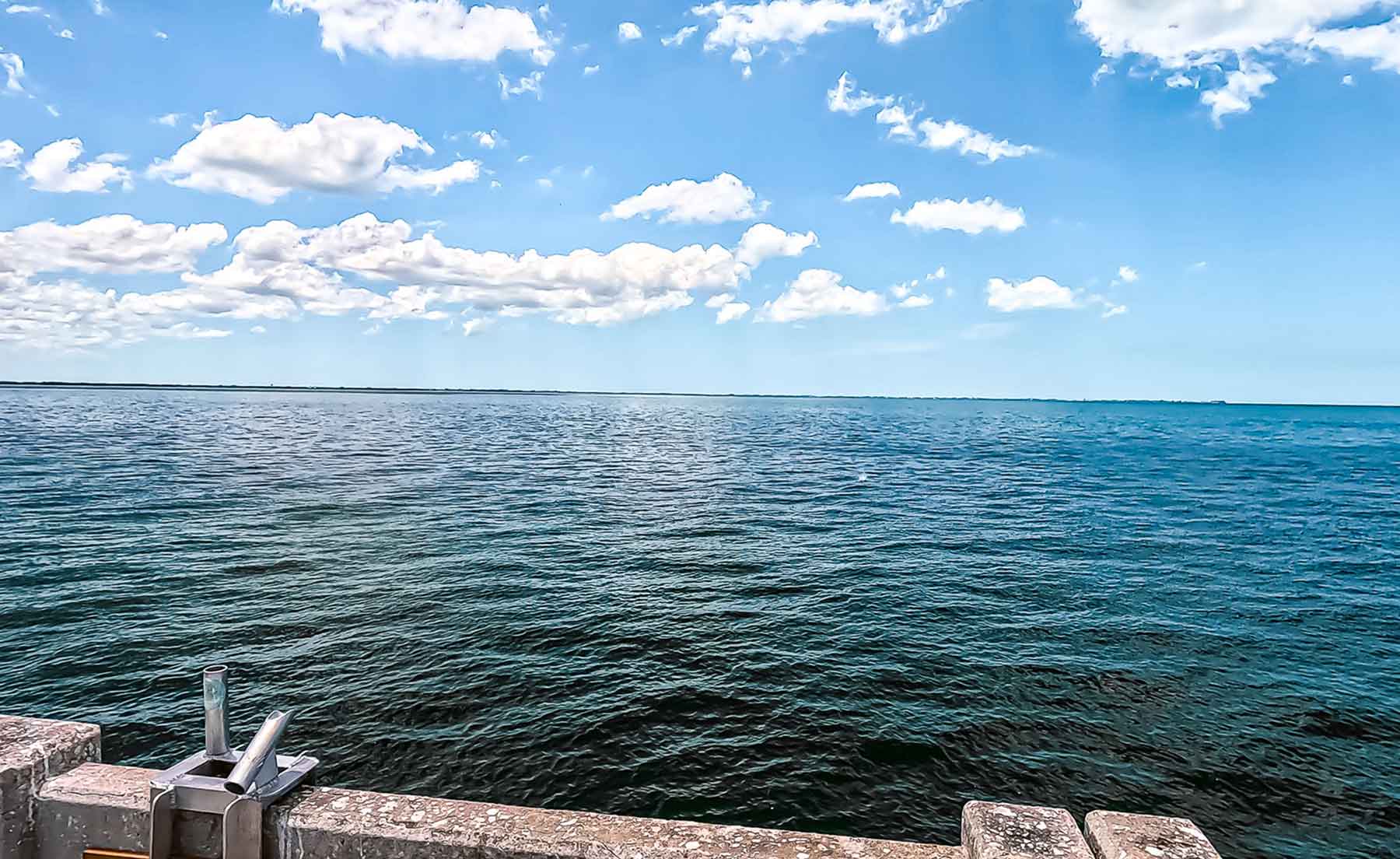
Ample Parking:
Directly adjacent to the fishing areas for easy access.
Bait Shops:
Located on both the north and south piers, these shops offer a variety of live and frozen bait, fishing tackle, and snacks.
Restrooms:
Clean and accessible restrooms are available for anglers’ convenience.
Picnic Areas:
For those who want to take a break and enjoy the beautiful views of Tampa Bay.
World’s Longest Fishing Pier
Pier Hours
24 hours a day, 365 days a year
Entry Fees
$4 per vehicle, plus $4 per adult
Location
4905 34th St. South #5000
St. Petersburg FL 33711
Phone
Contact Info
727-865-0668
https://www.floridastateparks.org/parks-and-trails/skyway-fishing-pier-state-park
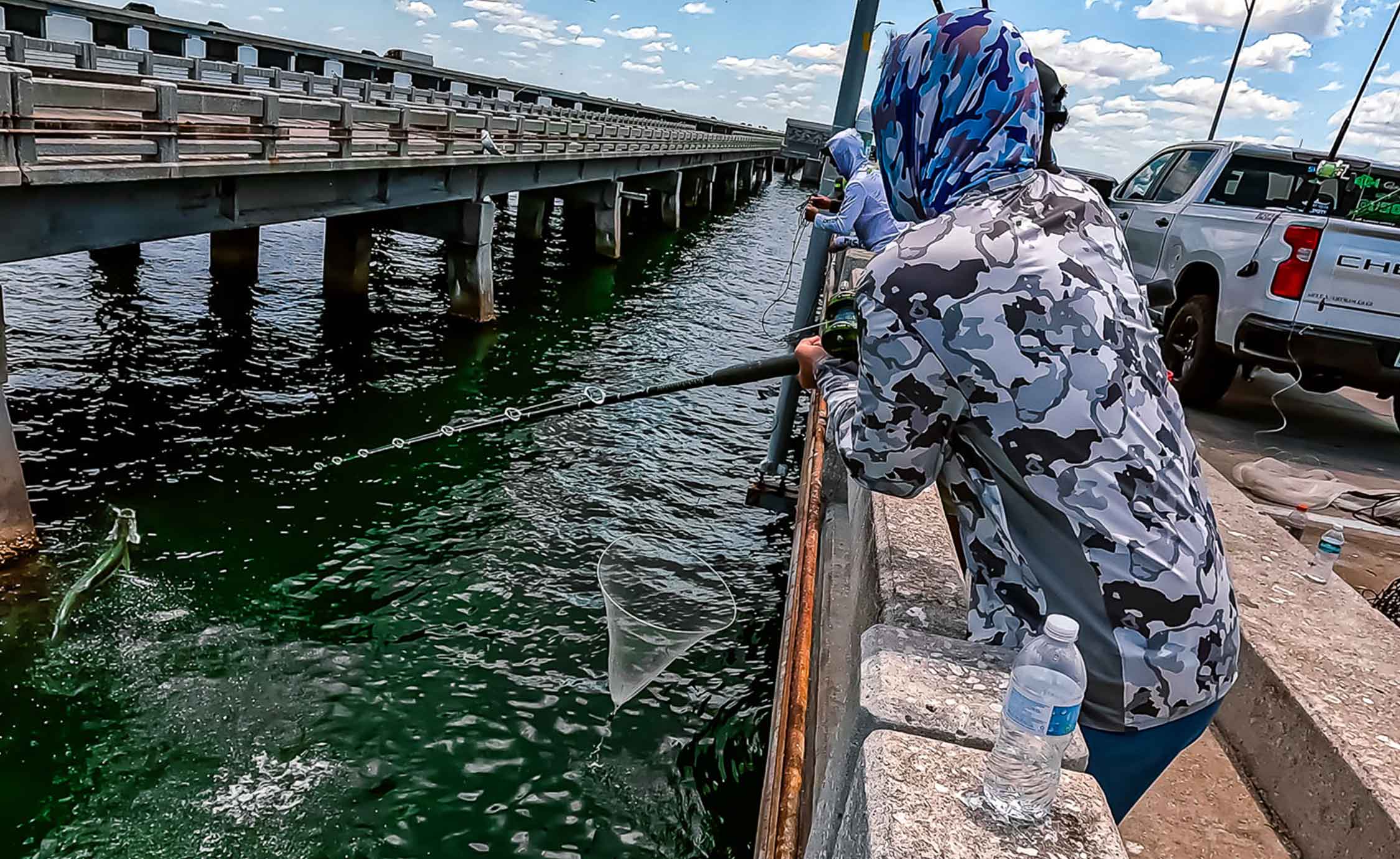
Targeting Tarpon
Tarpon, also known as the “Silver King,” are highly sought after by sports fishers for their impressive size and acrobatic leaps when hooked. They can grow to be over 200 pounds and live in both salt and freshwater.

Best Times to Fish for Tarpon
Tarpon season at the Skyway Bridge runs from late spring through summer, with peak activity from May to July. During this time, tarpon migrate through the waters of Tampa Bay, following the warm currents.
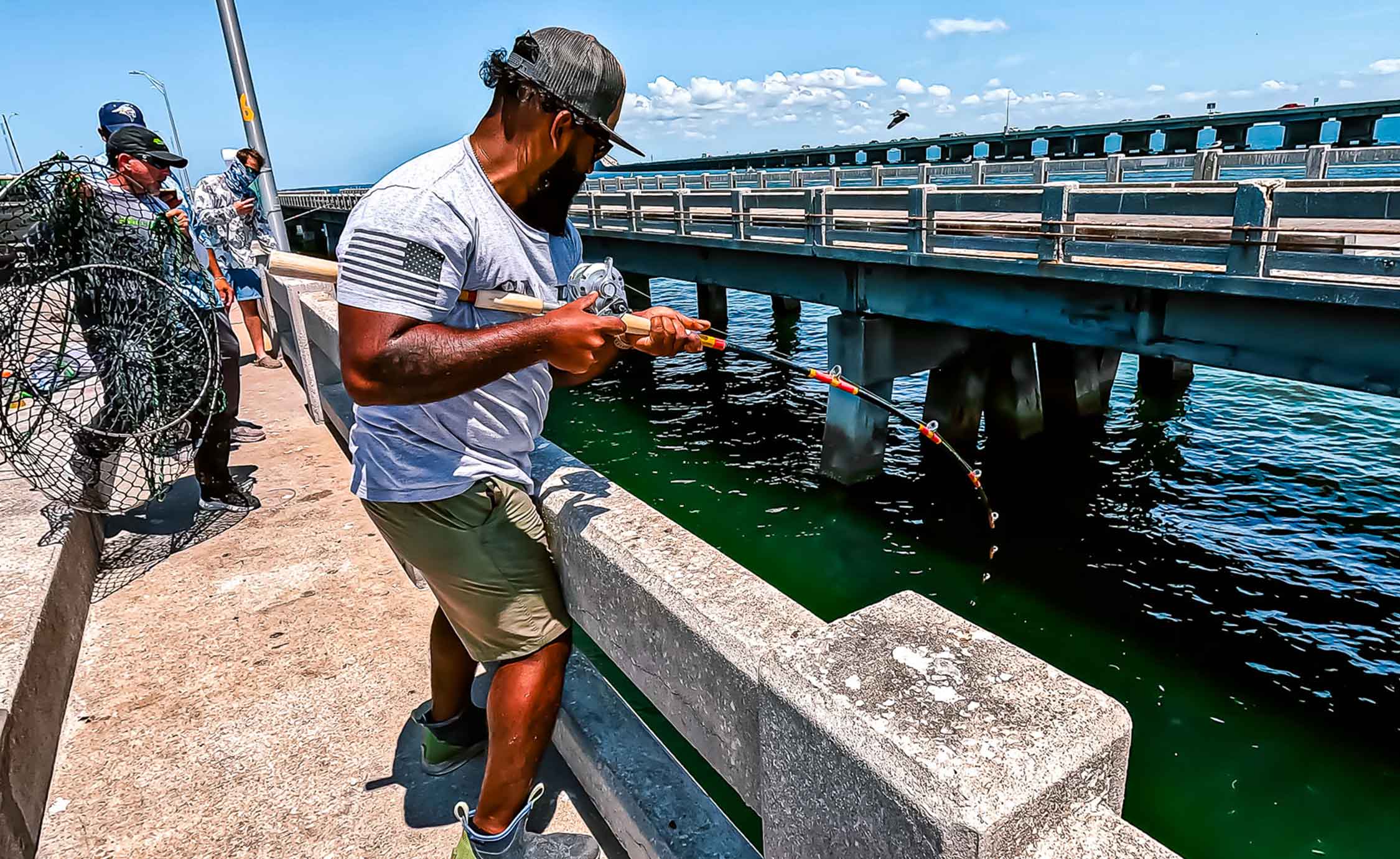
Techniques for Tarpon Fishing
Effective tarpon fishing techniques include:
Live Baiting:
Use mullet, crabs, or pinfish. Position your bait at varying depths to find where tarpon are feeding.
Artificial Lures:
Large streamers, plastic worms, or poppers can be effective, especially during the early morning or late evening.
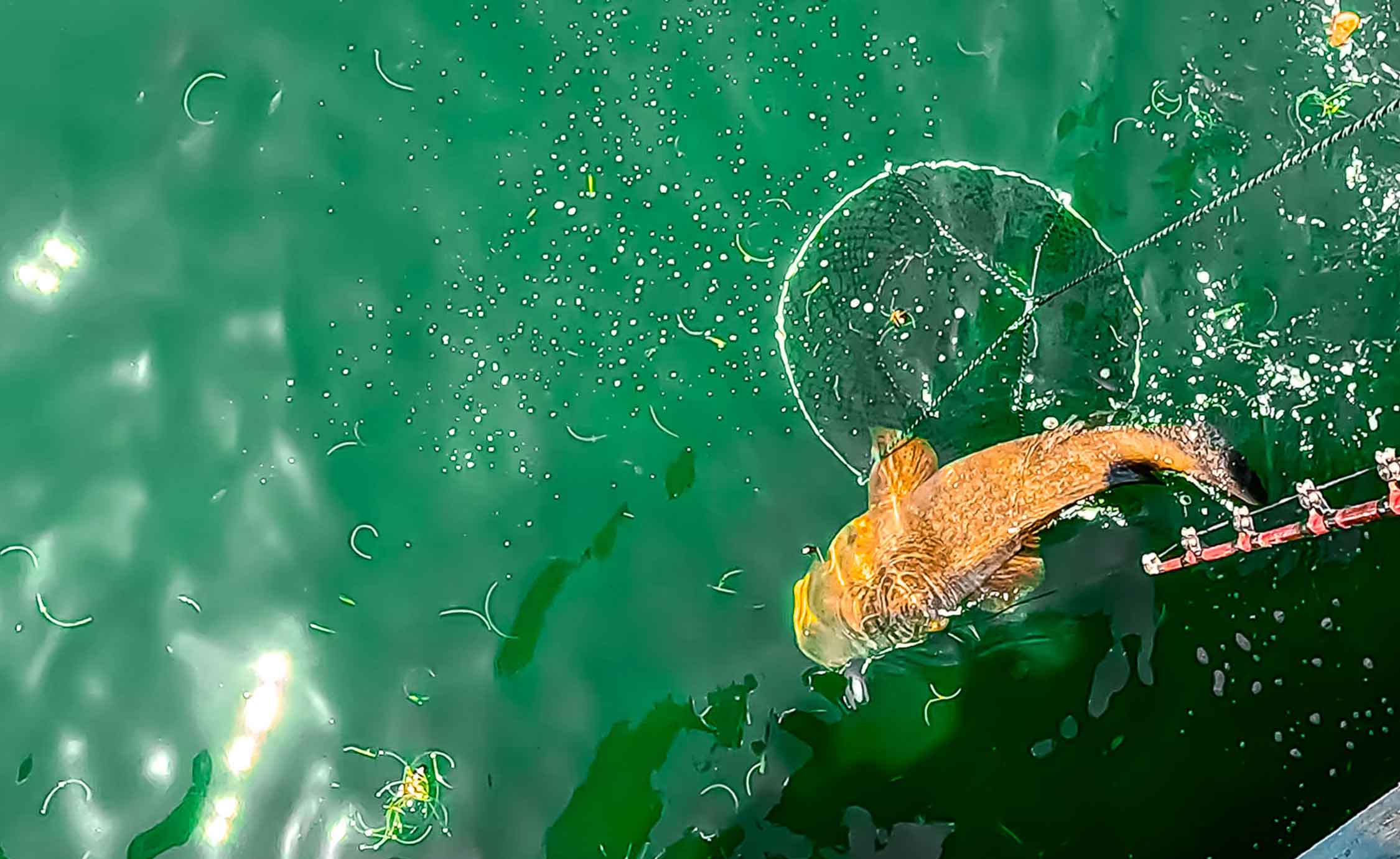
Targeting Grouper
Grouper are bottom-dwelling fish known for their size and strength. The most common types around the Skyway Bridge are gag grouper, red grouper, and the formidable Goliath grouper.
Best Times to Fish for Grouper
Grouper can be caught year-round, but the best months are from June to September, when the water temperatures are warmer and the fish are more active.
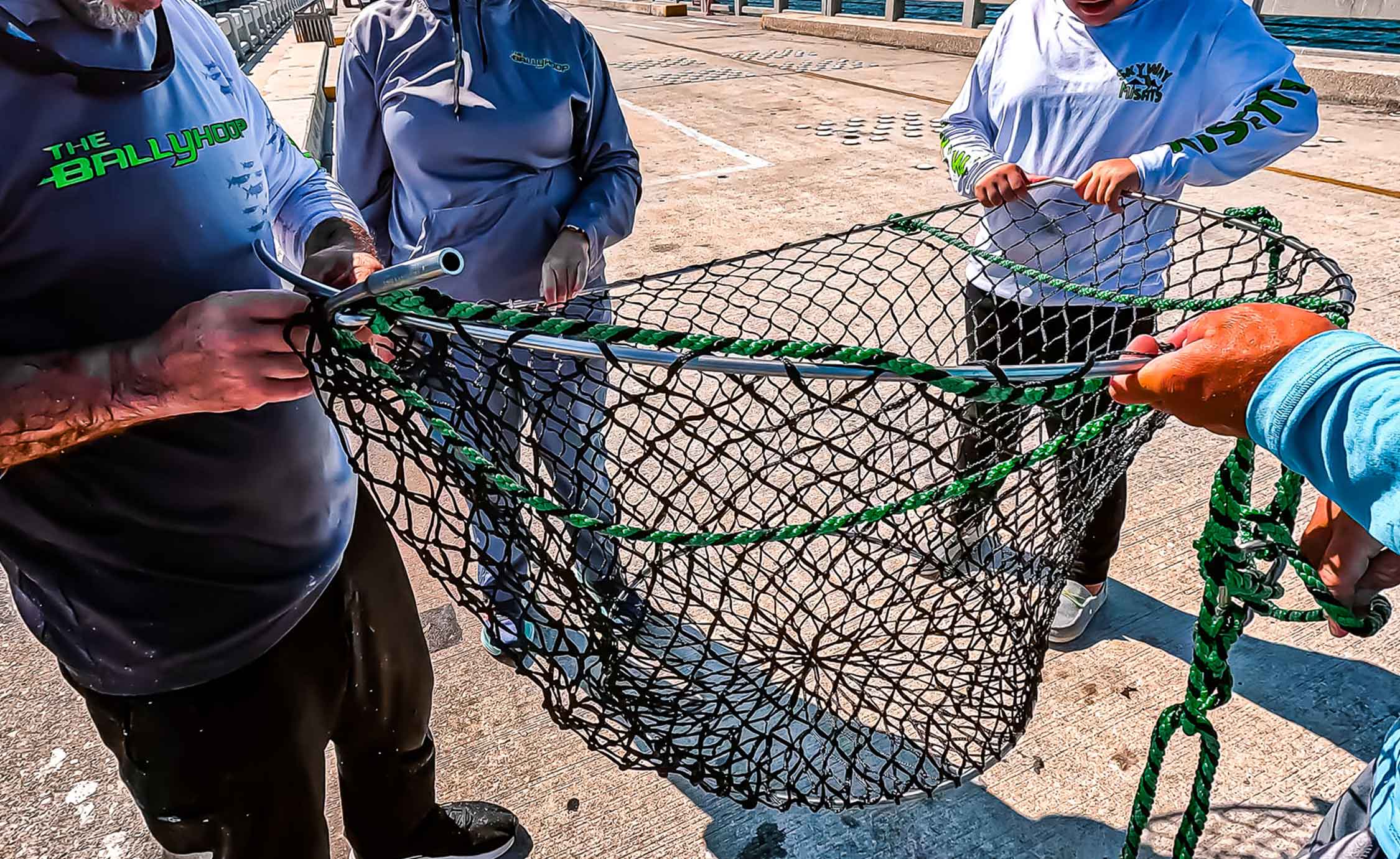
Techniques for Grouper Fishing
Bottom Fishing:
Use heavy tackle and strong lines because grouper often retreat into rocky crevices after being hooked.
Live Bait:
Ideal baits include squid, sardines, and pinfish. Drop your bait near underwater structures where grouper like to hide.
Chumming:
Attract grouper to your area by releasing a chum slick into the water.
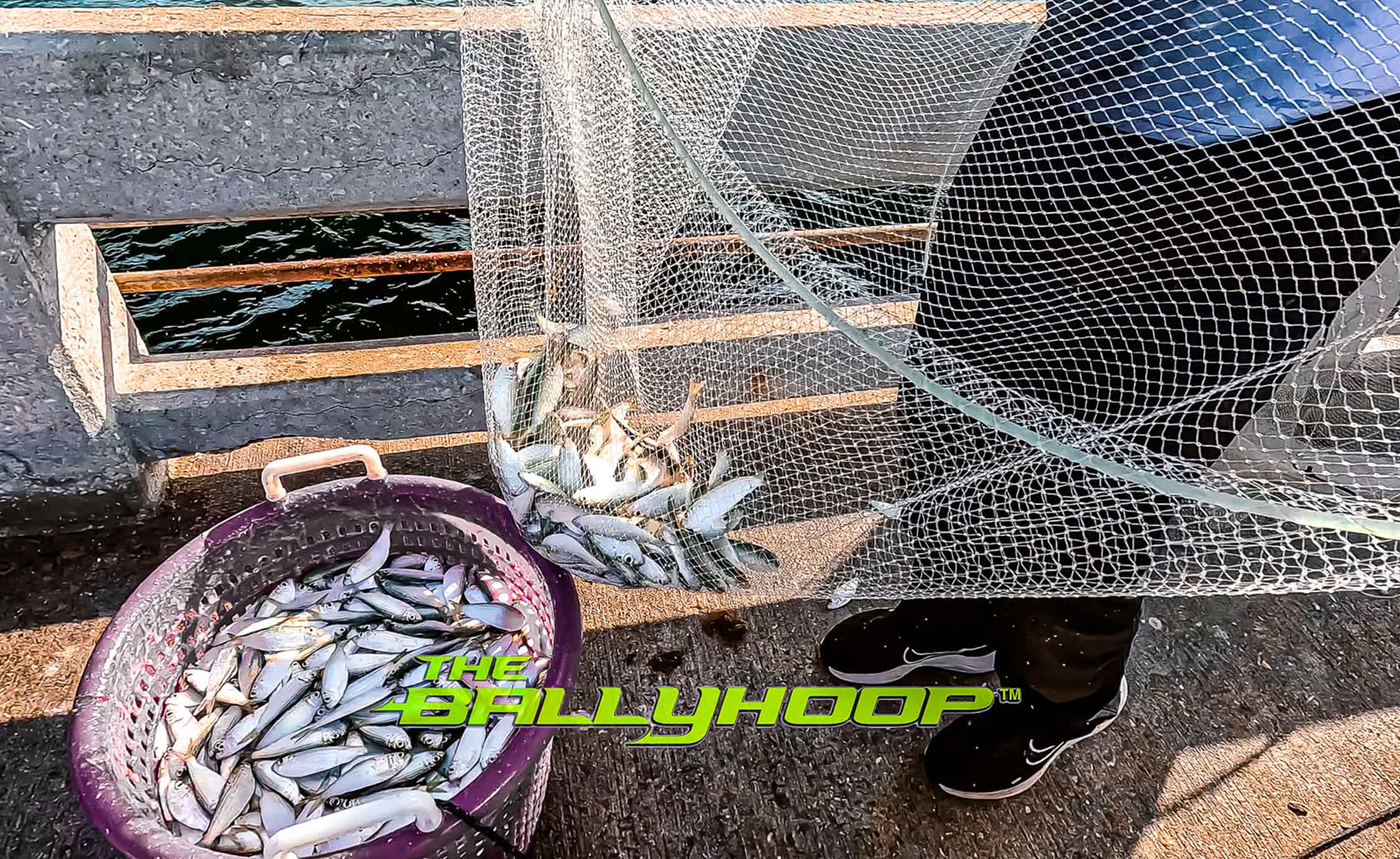
Using the Ballyhoop Net
The Ballyhoop net revolutionizes how anglers can catch live bait. Its unique collapsible design allows for quick deployment and retrieval, making it an indispensable tool at the Skyway Bridge.
Here’s how to use the Ballyhoop net effectively:
Deploying the Net:
Simply toss the net into the water and let it sink. The hoop design keeps the net open, allowing schools of baitfish to swim in.
Retrieving the Net:
Pull the net up once you see that baitfish have entered. Its design minimizes escape, ensuring you get ample bait.
Handling and Storage:
The Ballyhoop is easy to handle and can be stored compactly, making it ideal for use on crowded piers.
Local Expertise:
Skyway Misfits and GrouperMVP
Learning from experienced anglers can drastically improve your fishing skills. The Skyway Misfits, a group of seasoned pier fishers, and GrouperMVP, known for his focus on big-game fishing, are invaluable resources.
They offer insights on local conditions, bait preferences, and tackle recommendations. Following their YouTube channels and social media platforms will keep you updated on the latest techniques and fishing reports.
Conservation and Regulations
Fishing at the Skyway Bridge is regulated to ensure sustainability of fish populations. Always check the latest Florida Fish and Wildlife Conservation Commission (FWC) regulations regarding size limits, bag limits, and season dates. Practice catch and release whenever possible, especially with species like tarpon and Goliath grouper, which are crucial for maintaining the ecological balance in Tampa Bay.
A Florida Fishing Adventure for All Anglers
Fishing for tarpon and grouper at the Tampa Skyway Bridge offers an unparalleled opportunity to engage with some of the most exciting marine species in Florida.
By preparing adequately, utilizing effective gear like the Ballyhoop net, and respecting local regulations and ecosystems, anglers can enjoy a fulfilling and sustainable fishing experience.
Remember to leverage the knowledge of local experts and immerse yourself in the vibrant fishing community at the Skyway Bridge. Happy fishing!
Explore More
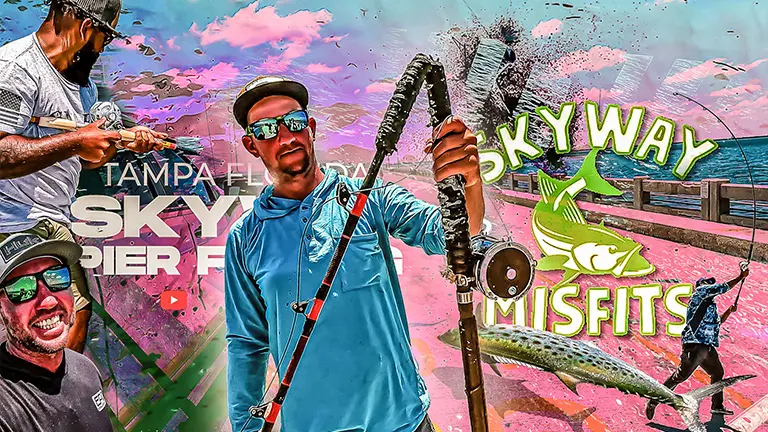
Tampa Florida's Skyway Bridge Fishing Pier Join us as we team up with GrouperMVP, The Ballyhoop Net and the…
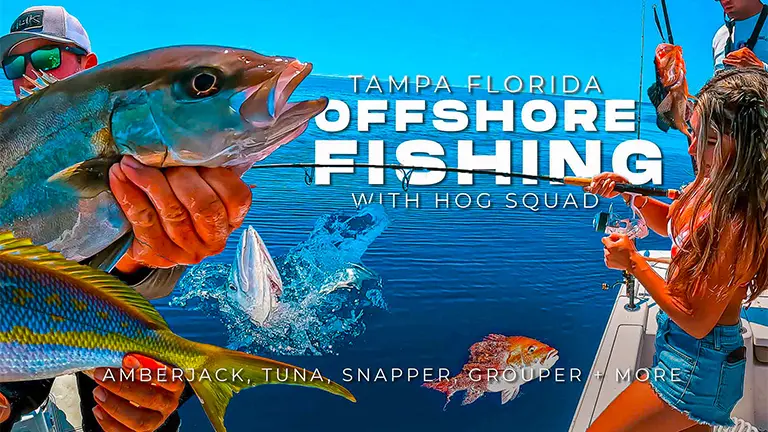
Tampa Offshore Fishing Experience with Hog Squad Fishing If you're seeking an offshore fishing experience that's as exhilarating as…
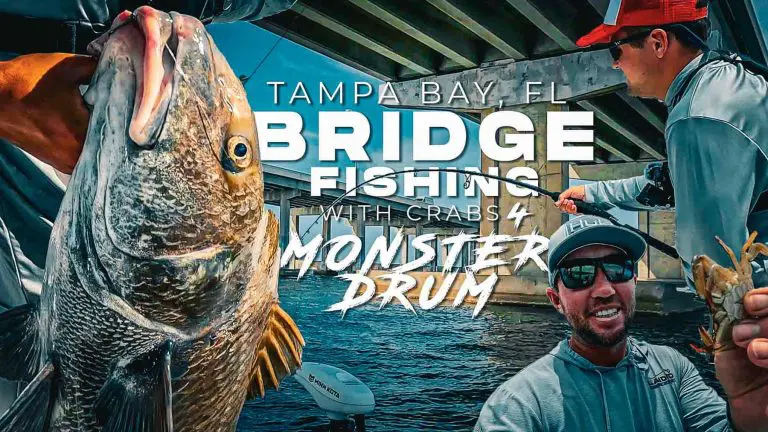
Tampa Bridge Fishing using Crab for Monster Fish Join the crew with Hog Squad Fishing and Tsunami Tackle as…

